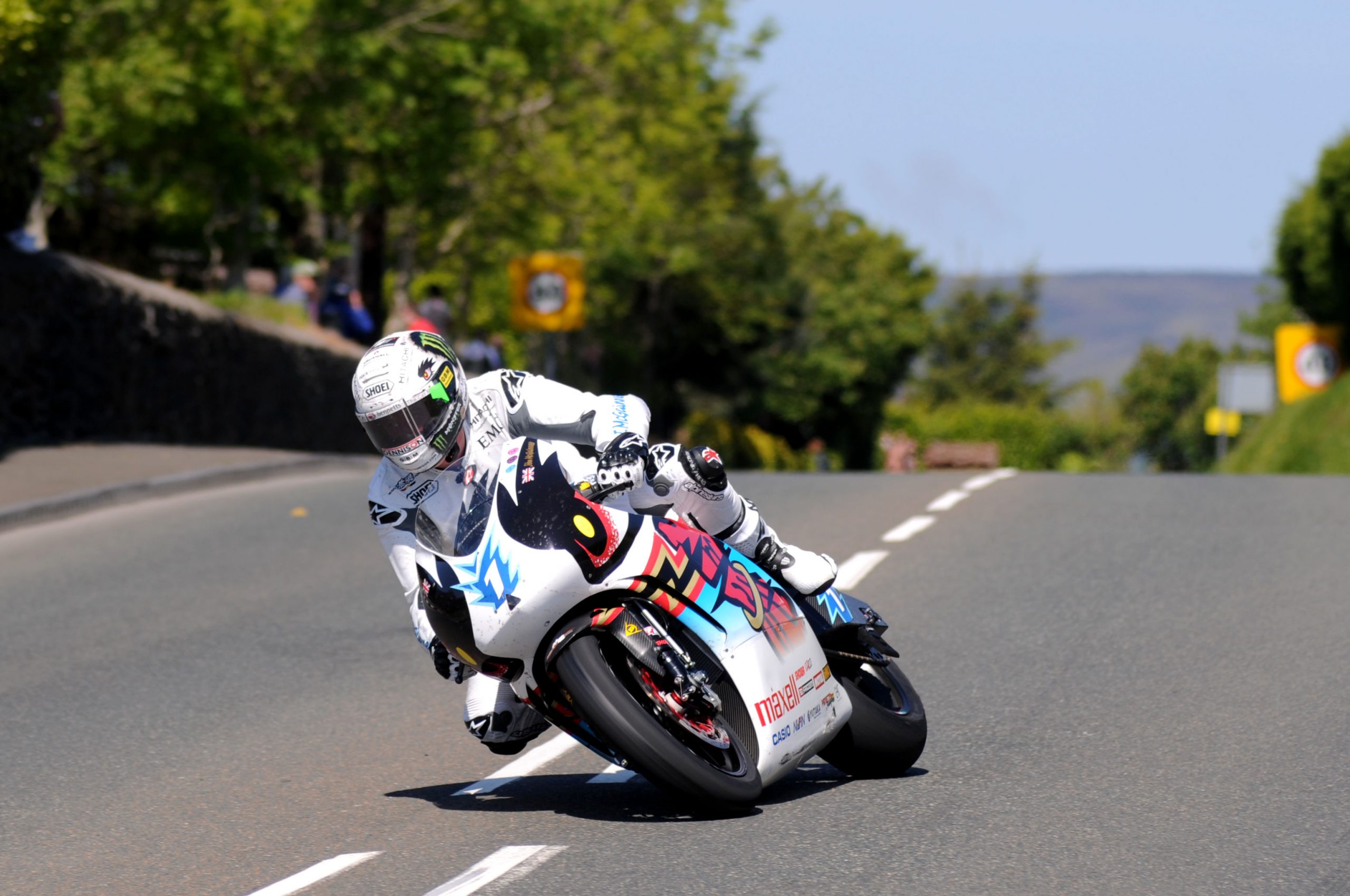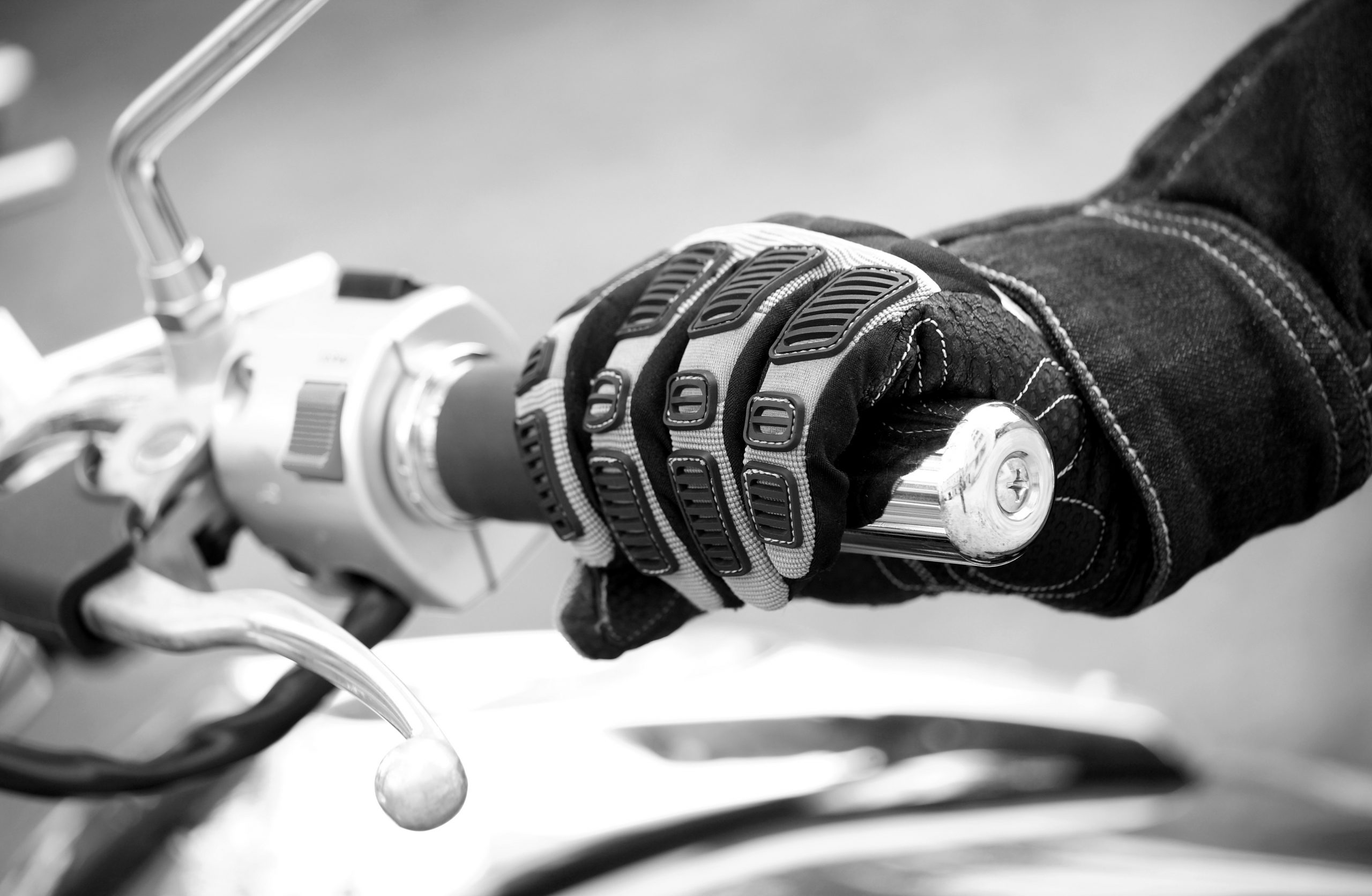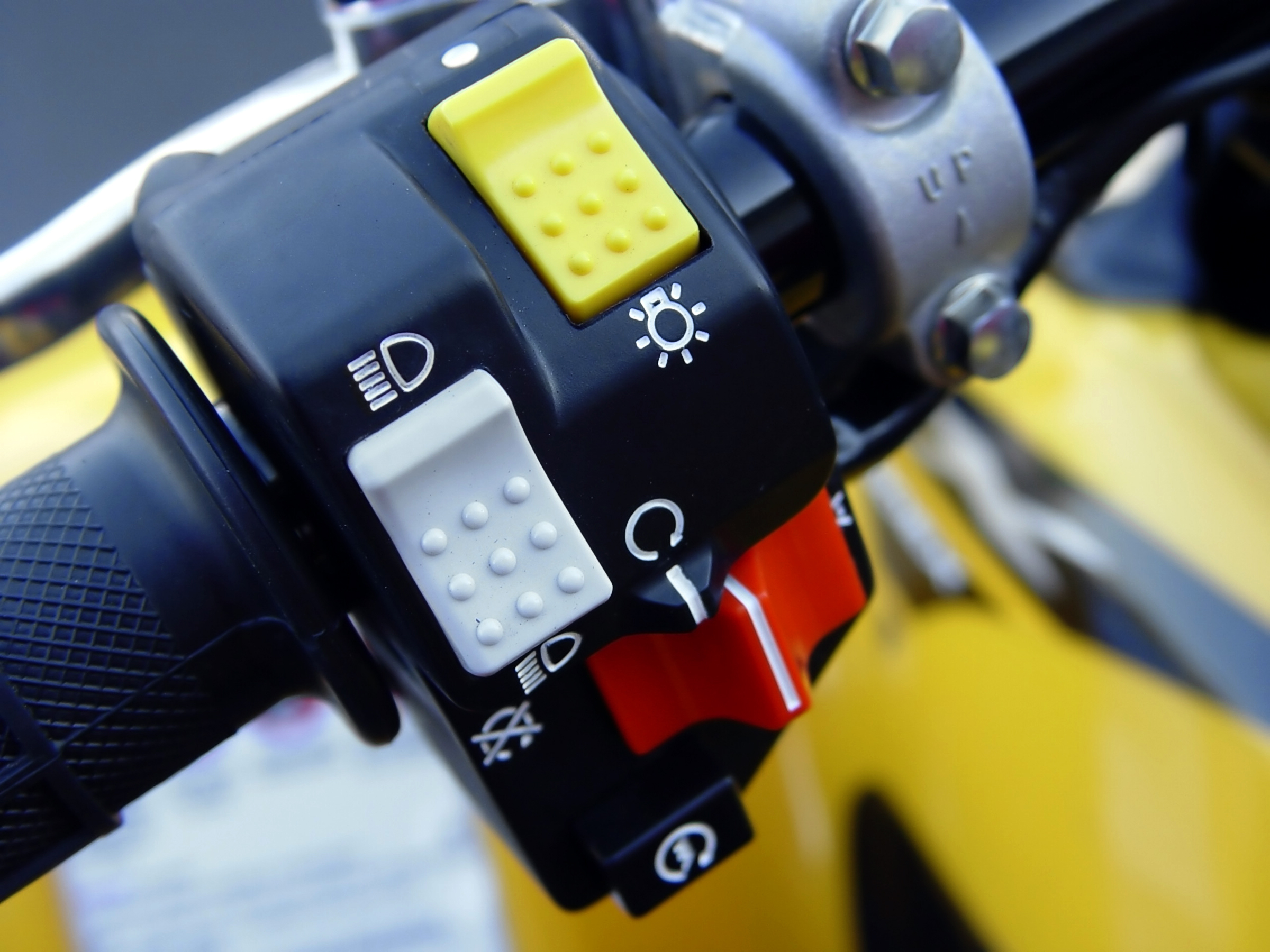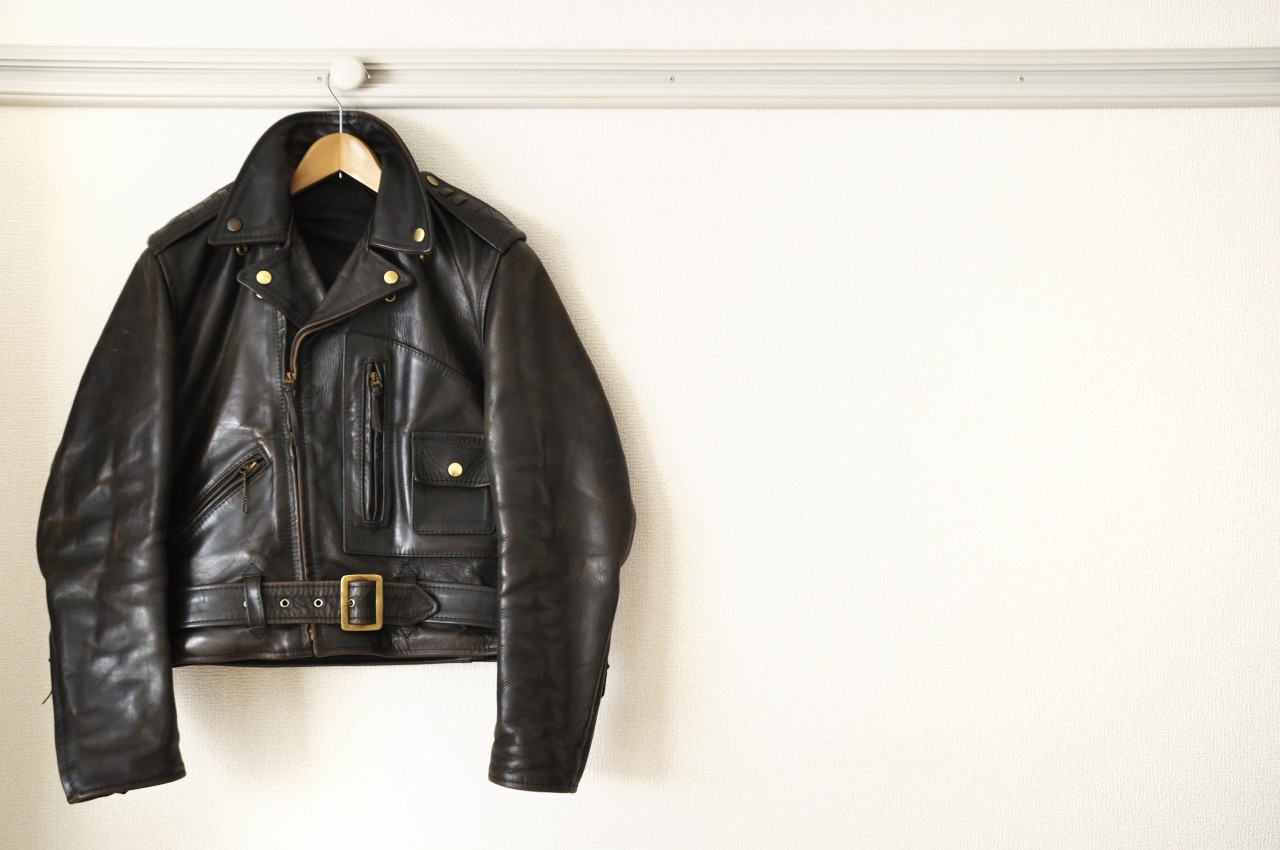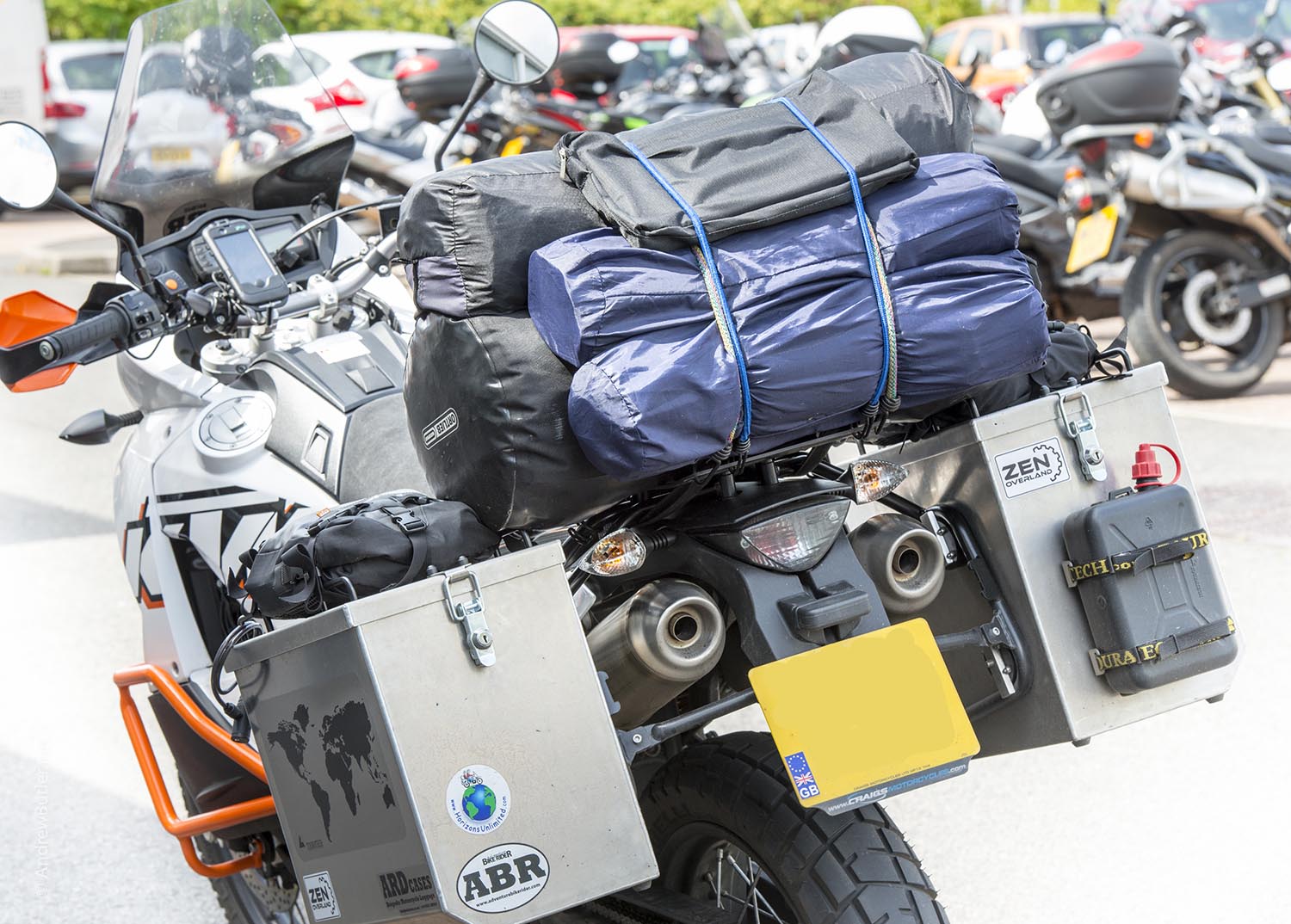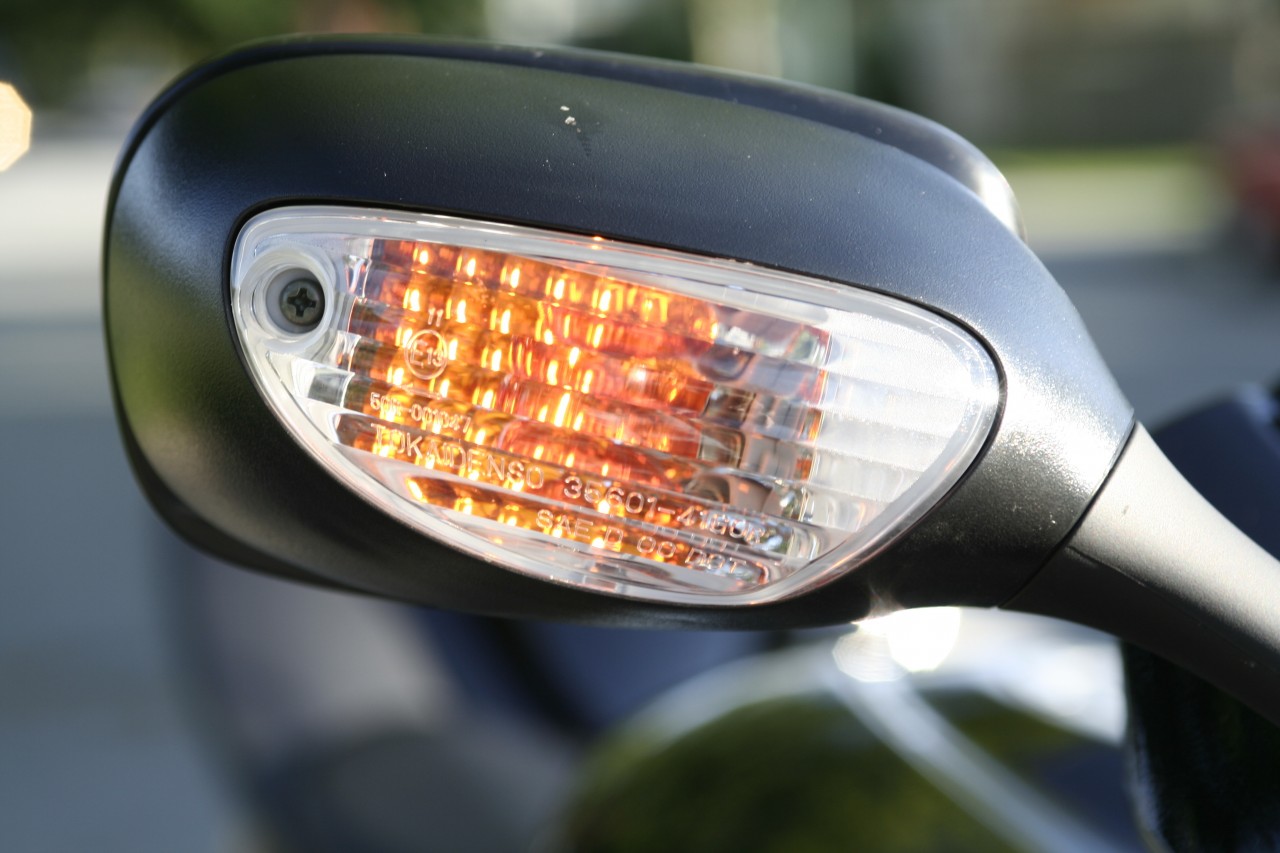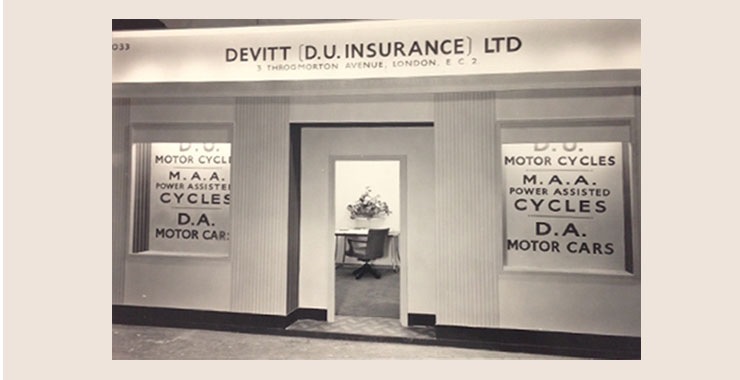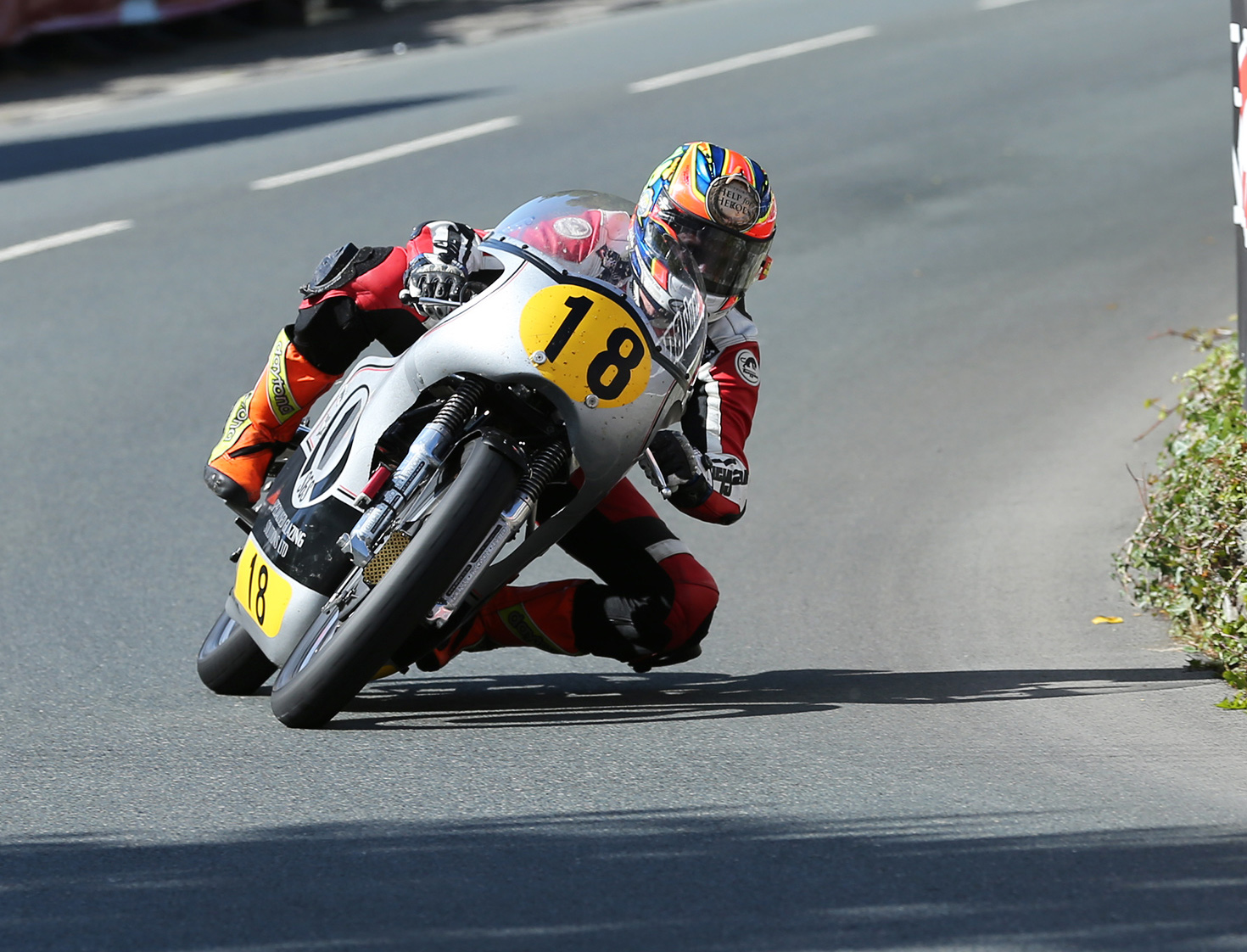Motorcyclists can be an odd lot when it comes to innovation. Car drivers get all excited about cup holders and iPod docks, but we want new stuff that concentrates on making our bikes and biking faster, sexier or safer. So for this run through of the 80 top biking innovations we’ve stuck mainly to tech inventions; any other stuff is there because it’s had a lasting impact on the hobby we all love.
Let’s get cracking, see our top 80 motorcycling innovations in no particular order…
1.The Motorcycle Itself
Back in 1885, Gottlieb Daimler and Wilhem Maybach bolted together the world’s first petroleum-powered motorcycle, although it looked more like a wooden boneshaker bicycle than a Hayabusa. However even earlier in 1867/8, Sylvester Roper and the duo, Pierre Michaux and Louis-Guillaume Perreaux both made steam-powered, two-wheeled “velocipedes”. But we’ll stick with Daimler’s gas guzzler, thank you very much.
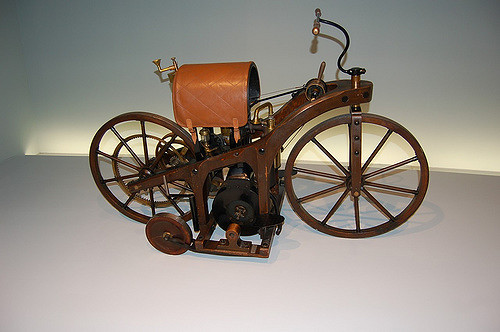
2. Petrol
There’s still no viable alternative to this fossil fuel. Just as steam displaced the horse, petrol beat steam back in 1885 as we’ve just seen. Nothing has yet been found that can match oil-based fuel for ease-of-storage and transport, refuelling speed and convenience. Can you imagine how successful a Fireblade with a steam engine, or a Gold Wing tourer with a maximum range of 50 miles, would be? Neither can we.
3. Engine Placement
Believe it or not, putting the engine in the frame between the wheels was not the consensus originally that this was the obvious way to arrange things. In the early period of motorcycle history, many bicycle producers simply adapted their designs to accommodate an engine which they would fit wherever they fancied, often by the back wheel.
The more advanced 1902 Morette had a two-stroke engine mounted off the forks which drove the front tire by means of a friction drum. Around the same time, two Russian brothers, Eugene and Michel Werner were experimenting with putting the engine in every possible position in the motorcycle they were building. They finally decided that the best place for the engine is where manufacturers still put ’em today: under the fuel tank.
4. Oil Pump
The first internal combustion engines used so-called splash lubrication where the oil was, as the name suggests, simply splashed around by the motion of the connecting rod through a trough of oil in the crankcase. This method lasted for some time, even in the first high-performance cars. Chevrolet used splash lubrication for their rod bearings until 1953…
5. Carburretor
If the thought of manual oil pumps makes you cringe, early bike used a surface carburettor in which the fuel was mixed with air simply by evaporating in a crude tin. Not exactly the sort of thing you’d want on your R1, eh?
Carburettors provide for fine throttle control, the ability to alter the mixture to allow for cold starts and the opportunity to change jet sizes etc to cope with vastly different atmospheric conditions. All we know is they made bikes easier to ride.
6. Clutch
Yet another thing we all take for granted when we ride. Ever ridden a fixed wheel bicycle? Well, motorcycles built before 1914 were clutchless too with direct drive from the engine to the rear wheel. Just the job for commuting through heavy stop-and-start urban traffic jams … not.
7. Gears
When manufacturers started to experiment with providing more than one gear, before coming up with the gearbox they tried a number of different set ups including a couple of gears in the rear hub (remember those Sturmey Archer hub-geared bicycles of your youth?), adjustable engine pulleys which changed the overall gear ratio, and alternative primary drive ratios using two primary chains selected by a handle or a foot lever.
Even when more modern, multi-ratio boxes became common the gears would be selected using a hand lever. Today’s positive stop foot shift was patented by Velocette; their 1928 KTT featured the first positive-stop foot gear change on a motorcycle.
8. Chain Drive
Phelon & Rayner made the first chain-driven motorcycle in 1900. Chain final drive is still reckoned to be the most efficient way of transferring power to the rear wheel: although it requires the most maintenance, it only absorbs around 3% power whereas belt drive suffers circa an 11% power loss and shaft drive suffers around about a 31% power loss due to extra gears in the shaft.
9. Telescopic Front Forks
Simple to design and relatively cheap to make, lighter and better than girder forks.
10. Rear Suspension
While front suspension was pretty much universal before WW1, several manufacturers didn’t add rear suspension until after WW2. Swinging rear arm suspension with hydraulic dampers was patented by Velocette.
11. Electric Lighting
Carbide (acetylene gas) lamps, produce and burn acetylene created by the reaction of calcium carbide with water. Very steam punk, they made for rather cumbersome and feeble headlights till that new-fangled electrickery caught on.
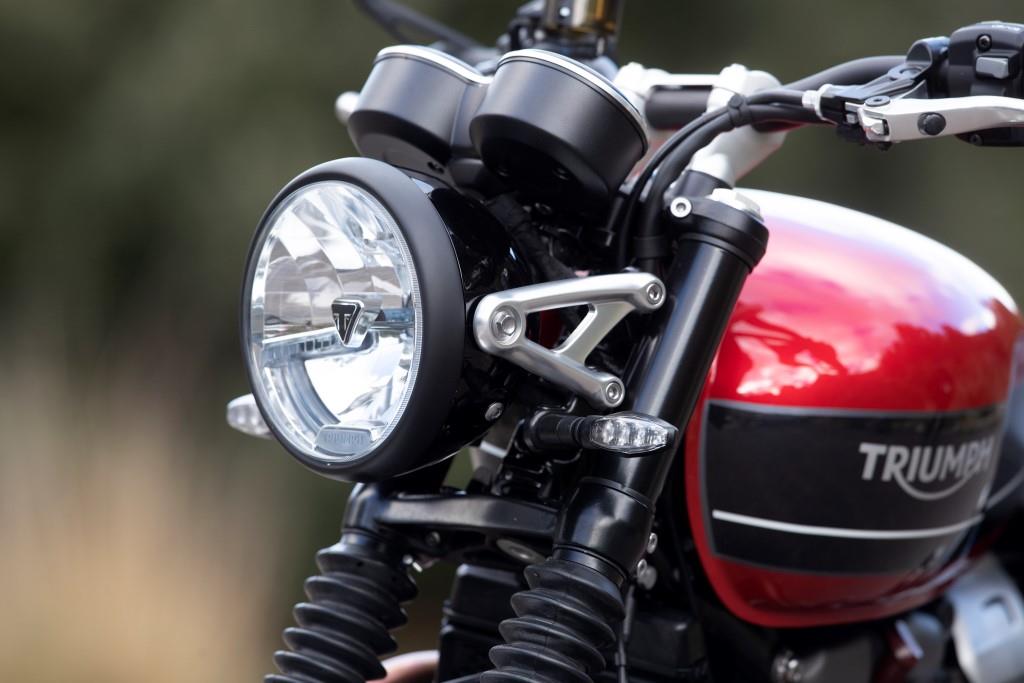
12. Twisted Grip Throttle
Early bikes often used a throttle control fuel slide lever instead of a twistgrip throttle. Indian Motocycle claimed to have invented the twistgrip in ads for their 1904 range, although the first use of the twistgrip throttle control was on the Roper steam velocipede of 1867-69. However, Roper ‘s steam motorcycle’s entire handlebar rotated, not just the grip on the end!
13. Electric Start
Nowadays nearly all bikes have an electric starter. But go back a few decades and the normal method of starting would involve an almighty big kick on a foot lever that would spin the engine over. Not too bad on a 125, but not much fun on a 1200cc Harley…
14. Horizontally-split Crank Case
Old British bikes had a reputation for leaking oil. Often this was because of badly fitting crankcase halves where the join was vertical (ie using a left-hand, and a right-hand, crankcase half). There is an apocryphal tale of a certain Midlands manufacturer whose foundry was on the opposite side of the road to the engine assembly plant, and crankcases were bumped over the cobbles in wheelbarrows…
The Japanese solved all this in typically logical manner: they split the crankcases horizontally (ie top half and bottom half). No join along the bottom = no oil leaks. Simples.
15. Norton Featherbed Frame
Designed by Rex and Cromie McCandless, it was reputedly named after how the ride it gave was described by factory development rider, Harold Daniell. It became the byword for handling and spawned a whole industry of putting fast engines into Featherbed frames (Tritons, Norbsas, Norvins), producing the ultimate 1960s cafe racers.
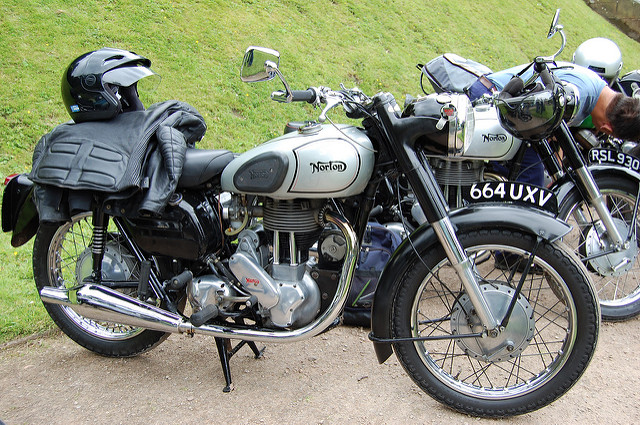
16. OHV
First there were side valve engines where the valves were located in the engine block beside the piston. These were simple, reliable and cheap, but inherent design drawbacks resulted in low power output. The answer was to put the valves in the cylinder head above the piston: the over head valve engine.
17. OHC
OHV engines initially used pushrods to connect the crankcase-based camshaft to the valves. A simple system, but one that couldn’t handle the continually higher revs that racers wanted. The answer was to move the camshaft from the bottom of the engine to the top, driving the opening of the valves directly off it.
In the early 1930s, the Benelli 250 used an aluminium DOHC top end and a gear-driven cam shaft. Other factories began copying this post-WW2, notably MV and Honda.
18. Stressed-member Frame
The 1946 Vincent Series B Rapide pioneered a radical approach to frame design by … not having one. Just like the Ducati 1199 Panigale, the Vincent’s steering head was attached to its engine’s cylinder heads by a box structure, with the rear suspension bolted to the back of the engine/gearbox unit. However in Vincent’s case this was as much due to shortage of suitable steel post WW2 as to forward-thinking engineers…
19. Two-Stroke Engine
Now rendered obsolete due to its inherently excessive exhaust emissions, the two stroke engine was a logical approach to making more power than a four stroke could deliver. A four stroke has one power stroke for every four revolutions; a two stroke has two.
Two strokes arguably reached their apogee with the Yamaha TZ750 in the early 1970s. Yamaha even put one of these roadrace engines into a dirt tracker in 1975 for Kenny Roberts to ride; it made so much power so quickly he stated bluntly, “They don’t pay me enough to ride that thing”.
20. 12 Volts Electric
Motorcycles used to run 6 volt electrics; only one step up from a candle-powered headlamp, especially on rainy nights. If as the Americans say when talking about engines, “There’s no substitute for cubes”, as far as decent bike electrics go there’s no substitute for volts.
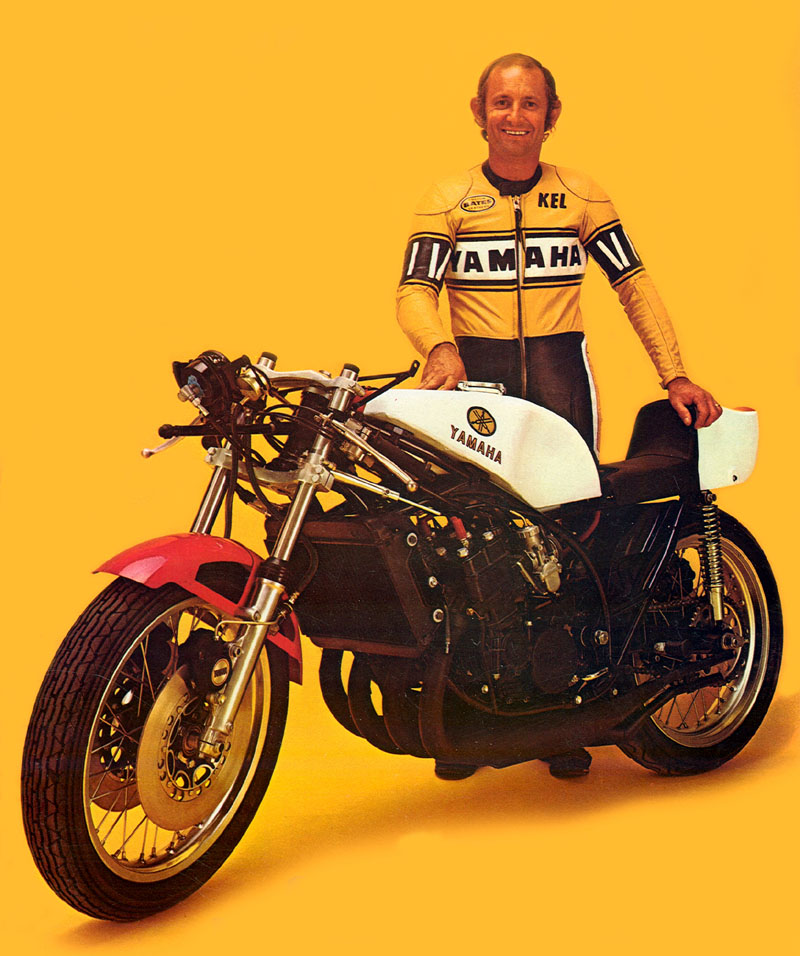
21. V-Twin Engines
Pre WW2 the single cylinder “thumper” motorcycle was king. Pretty soon manufacturers realised that more cylinders would facilitate higher revs for a given engine size due to smaller, lighter reciprocating parts.
Whereas in Britain we became wedded to the parallel twin, the USA went for the v-twin in a big way. V-twin motors offer comparatively linear power delivery with compact exterior dimensions; but they’ve made this list because they are the engine configuration of choice for an entire sector: cruisers.
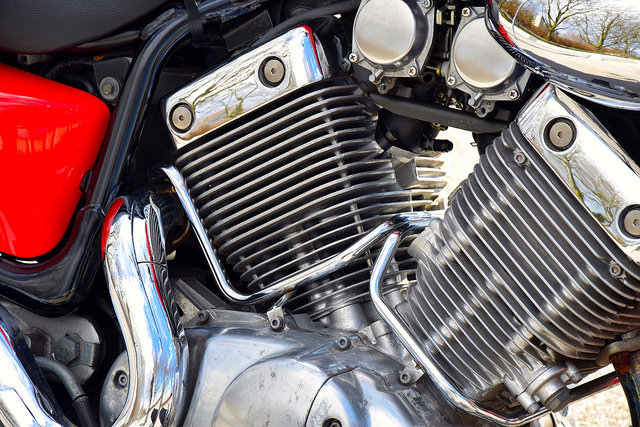
22. Four-Cylinder Engine
Just as v-twins are the go-to engines of choice for cruisers, four-cylinder motors forged the race replica class. Belgian marque, FN was the first to manufacture a four-cylinder bike. However, motorcycles that used an inline four mounted longitudinally, like the FN, were too long and clumsy for easy riding plus they had problems with the rear cylinders’ overheating. The 1923 Rondine turned the engine across the frame, creating a short wheelbase while sticking all the cylinders equally into the cooling airflow. This layout is still in use today.
23. Disc Brakes
Disc brakes are actually a very old idea – patented by Lanchester Cars in 1902 – but didn’t enter mainstream biking till increasing speeds started to overpower traditional drum brakes. Honda put a single front disc brake on its 750cc Four in 1969, and by 1972, drums were old hat and discs were where it was at…
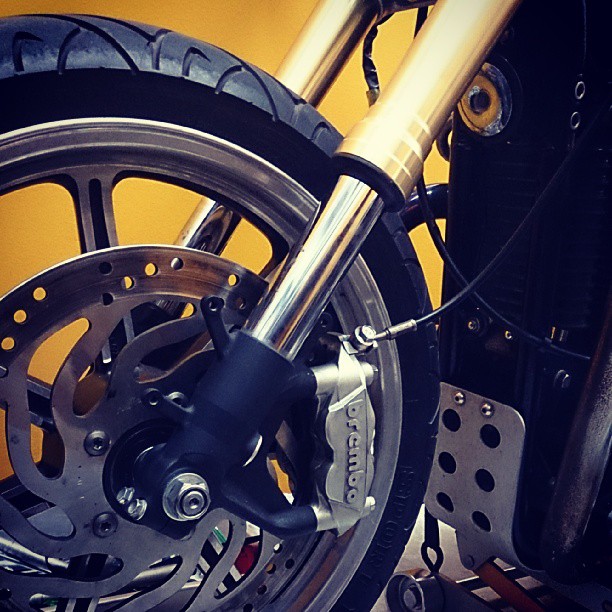
24. Japanese Motorcycle Industry
The Japanese two-wheel industry deserves a mention all to itself. Accused in the 1960s of being copycats rather than innovators, the reality is they took great ideas others had discarded and made them work properly. They were the dominant driving force behind motorcycle development from the mid-sixties to the late 1990s. We wouldn’t have the great machines we do now if it wasn’t for the Japanese manufacturers.
25. USD Forks
Stiffer than traditional telescopic forks, Up Side Down forks clamp the fork tube near the axle, and the outer slider into the fork yokes. Conventional forks have the the slider clamped near the axle, and the fork tubes are the items fastened into the yoke.
26. Cast Wheels
Pioneered in the early 1970s, the advantages of cast wheels over spoked include the use of tubeless tires, and they’re stiffer making for better handling. Plus importantly you don’t have to maintain spoke tension compared to spoked hoops nor spend hours cleaning your spokes to stop them rusting. More time riding, less time cleaning: bliss.
27. Aluminium Twin-Spar Chassis
Bent metal tube frames seem to have lorded it in biking for ever, yet in the car world chassis design has changed dramatically from the days of separate chassis to today’s monocoque shells.
Only on the fastest motorcycles has there been any innovation; the aluminium twin-spar frame designed by Antonio Cobas for his 250cc racebike is now the concept used on most of the world’s sport- and racebikes. By 1986, Yamaha had adopted this in 500cc GP racing, and Honda was building its VFR750F using a similar chassis.
28. Adjustable Suspension
A few decades ago, the only adjustment you would get on your suspension would be jacking up the pre-load on your twin rear shock absorbers to carry a passenger. Now sportsbikes offer a bewildering range of possible adjustments on both front and rear suspension. Fettling your settings to suit your precise riding style and road conditions can be practically a full-time job…
29. Cantilever Rear Suspension
An obvious step from a spindly tube swingarm with a shock absorber each side are today’s heavily braced, cast triangular monoshock back ends. Sexy as hell, too…
30. Desmodromic Valve Design
A desmodromic engine closes its valves positively by a cam and actuator, rather than by a more conventional spring, thereby preventing valve float at high RPM. It’s synonymous in most bikers’ minds with Ducati, but the first known desmodromic system was patented in 1889 by Germany’s Daimler-Benz.
31. Electronic Ignition
Very early Edwardian veteran motorcycles used Hot Tube ignition (literally a hot tube in the cylinder head). This primitive system was superceded by the magneto which in turn gave way to the modern battery and coil system. Until recently this approach used a mechanical set up of a cam operating points to fire the ignition requiring regular maintenance.
It could also suffer from timing fluctuations at high RPM due to points “bounce”. Modern systems use electronic, capacitive discharge ignition which is maintenance-free. However when it fails, that’s it – unlike points, you can’t jury rig it by the side of the road to get you home. The Lord giveth and the Lord taketh away…
32. Fuel Injection
Carburettors are simple devices but don’t provide the benefits of fuel injection demanded by today’s environmental regulations. With the improved fuel distribution of multi-point injection, less petrol is needed for the same power output; more precise and accurate fuel metering means exhaust emissions are cleaner too. The first electronic fuel-injected motorcycle was the 1982 Honda CX500 Turbo.
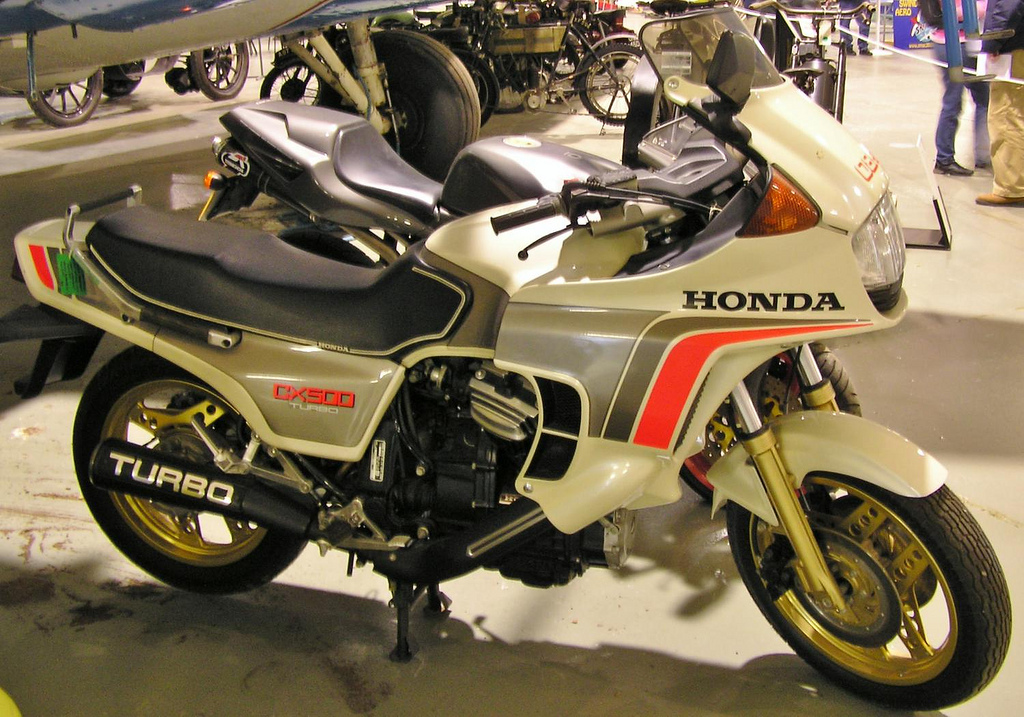
33. Hub-Centre Steering
Hub-centre steering is a very old concept, used for example on the 1920 Ner-a-Car. Its advantage over a more conventional telescopic front fork is that hub-centre steering separates the steering, braking, and suspension functions. However it’s never caught on in mass production; motorcyclists just like the look and feel of, theoretically inferior, telescopic forks.
34. Slipper Clutch
Diving into a corner on a big bike while braking hard and and changing down will often make the rear tyre chirp, hop and slide due to engine braking. Even the mighty factories found this a problem, right through to the mid-1980s when Honda, never a company to accept defeat, developed the slipper clutch.
This device partially disengaged when the rear wheel tried to drive the engine faster than it would run under its own power; it’s now found on many sportsbikes.
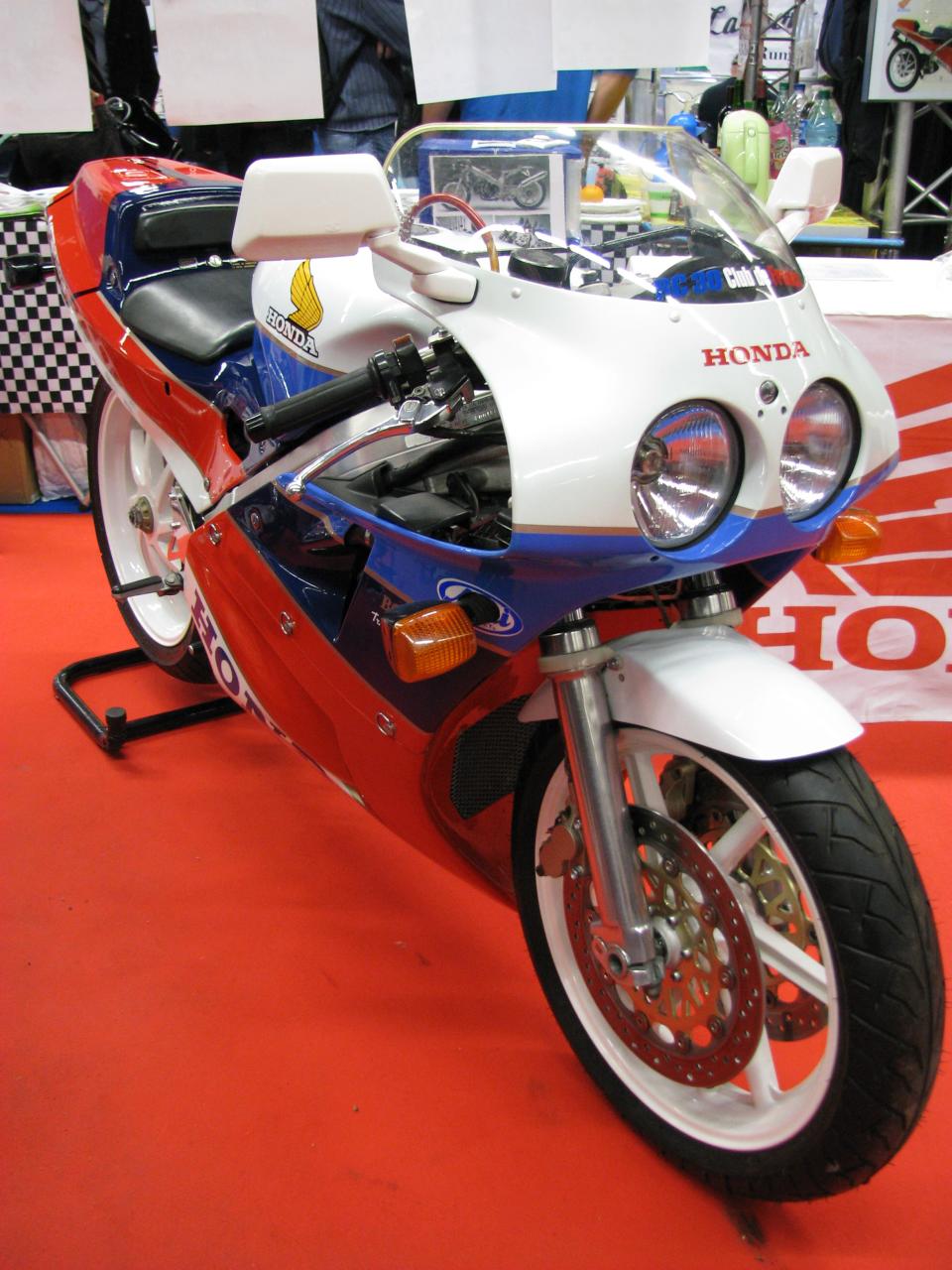
35. Water Cooling
Liquid-cooled engines are quieter and can run tighter tolerances than air-cooled motors. Eventually all internal-combustion-engined motorcycles will be liquid-cooled. Even Harley, bastion of the large displacement air-cooled engine, recognise this with their Porsche-developed, liquid-cooled V-Rod.
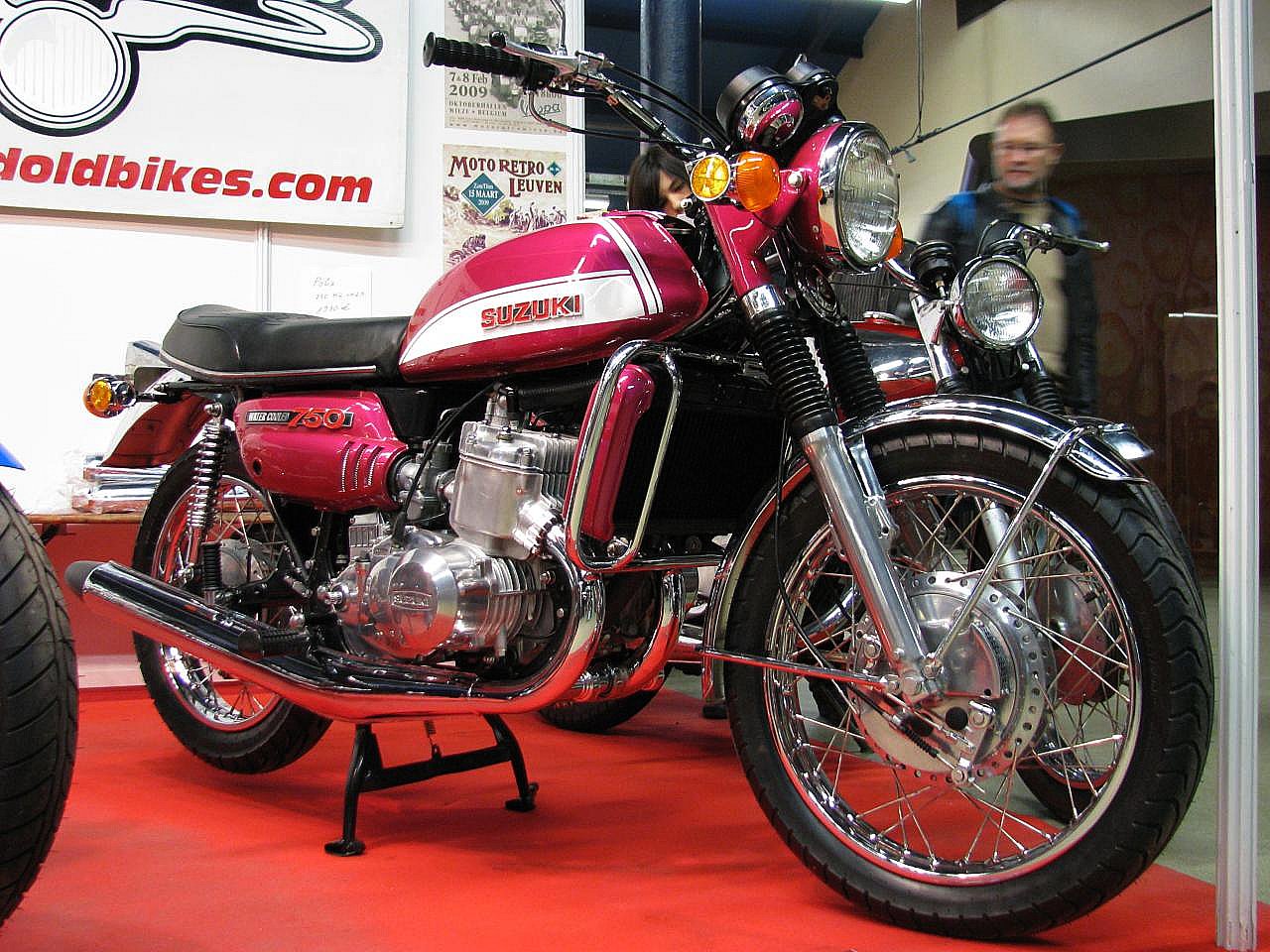
36. HD Evolution Engine
OK it’s a relatively old-fashioned, air-cooled, low-powered lump compared to a high-revving Jap sportsbike engine. But it was a major design advance in Harley-Davidson terms, offering reliability, oil tightness, and the ability to run at wide throttle openings for long periods, for tens of thousands of miles farther than any of its predecessors.
It was so low-maintenance that it allowed Harley to broaden their customer base from engineers and outlaws to bank managers and those who liked the reliability of Japanese bikes but hungered for the image of the Harley. This is the motor that saved Harley-Davidson from bankruptcy in 1984. Respect.
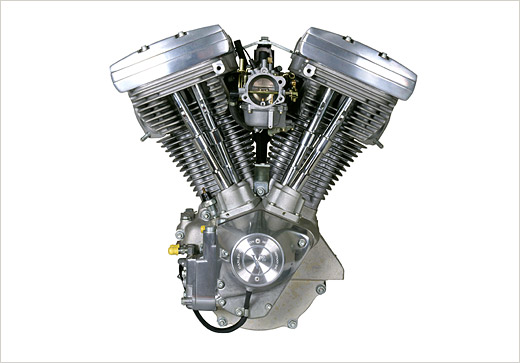
37. 1984 Hildebrande & Wolfmuller
The world’s first production motorcycle, the Motofahrrad-Fabrik H &W was a remarkable machine, featuring oil-in-the frame and a water-cooled ,four-stroke engine of almost 1500cc displacement. It was also the first motorcycle to come equipped with pneumatic tires. Motorcycles had come on a long way from Daimler’s embryonic two wheeler in less than 10 years…
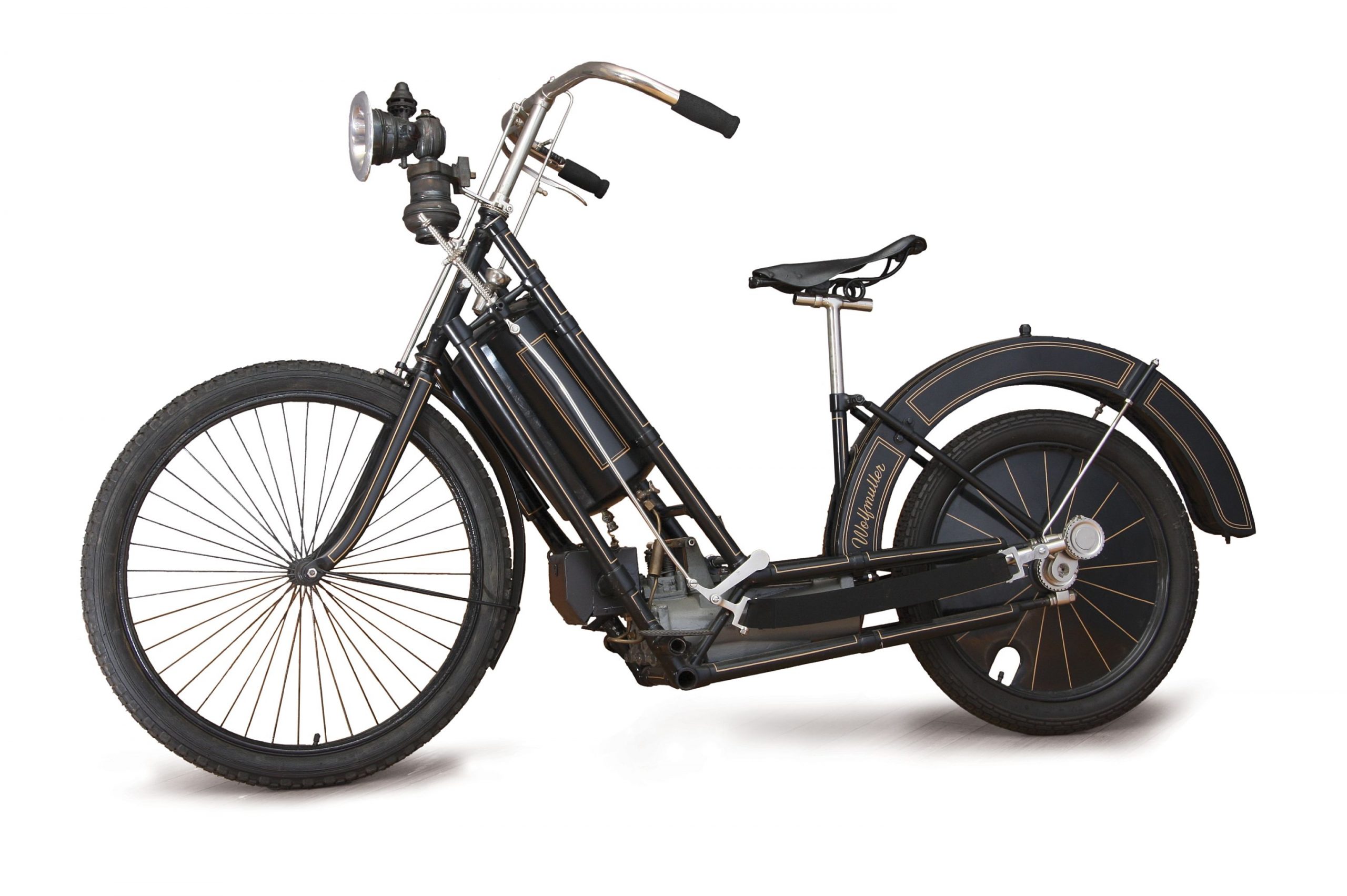
38. Vespa
Italian for wasp, this post-WW2 answer to providing stylish and affordable personal transport for the Italian masses spawned a host of imitators, a market sector – scooters – that still exists today,and helped mobilise a youth movement, the Mods, that still influences music and fashion today.
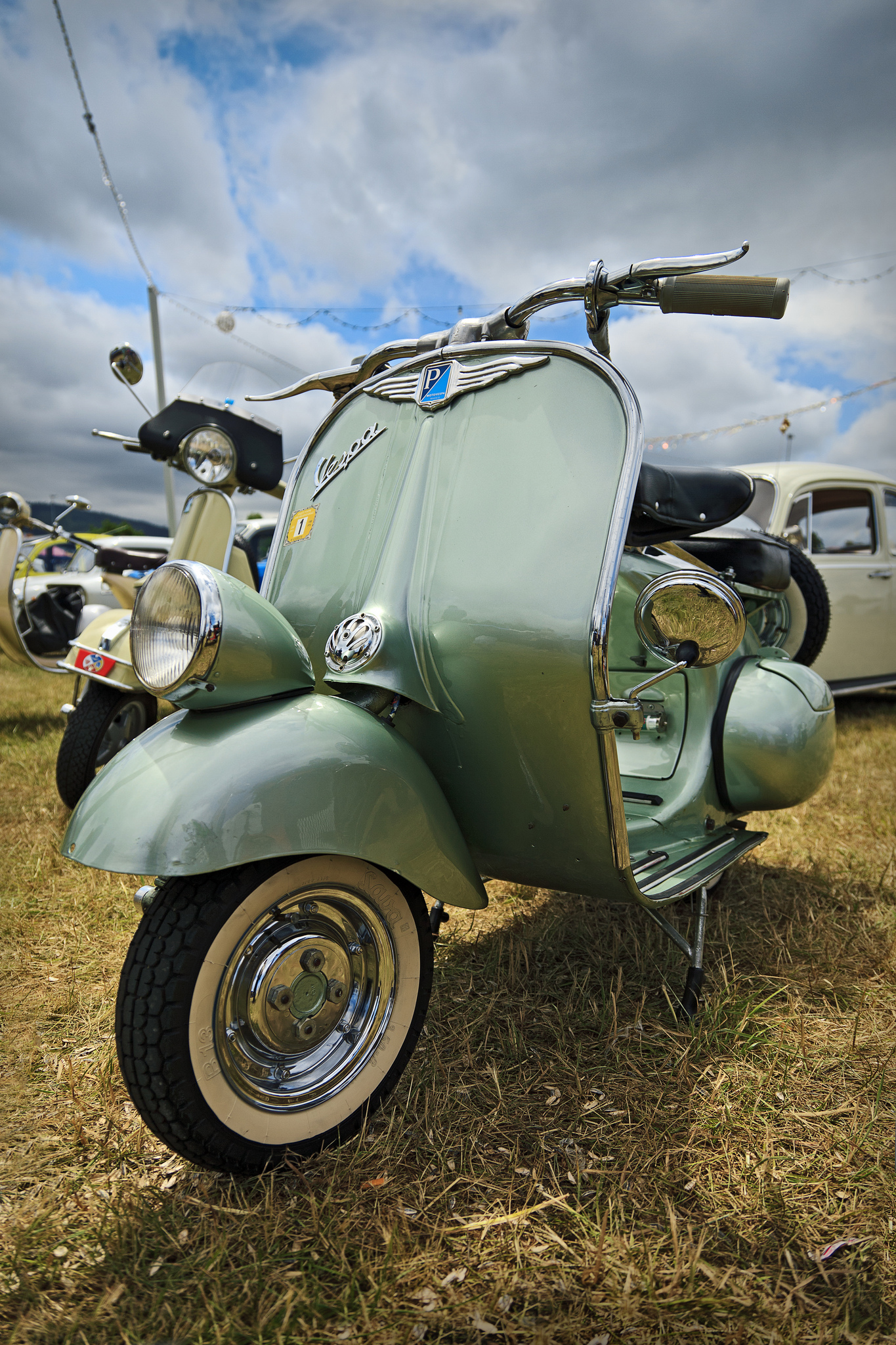
39. Vincent Black Shadow
Could hit 125mph in 1949. It took 25 years before another production bike (the Kawasaki Z1) could match this. Immortalised in Richard Thompson’s classic song, “1952 Vincent Black Lightning”. A true legend.
40. Manx Norton
In 1950, the Manx Norton introduced several new innovations: its telescopic forks, suspension with hydraulic dampening and forward-sitting engine were copied extensively following Norton’s 1951 world racing title.
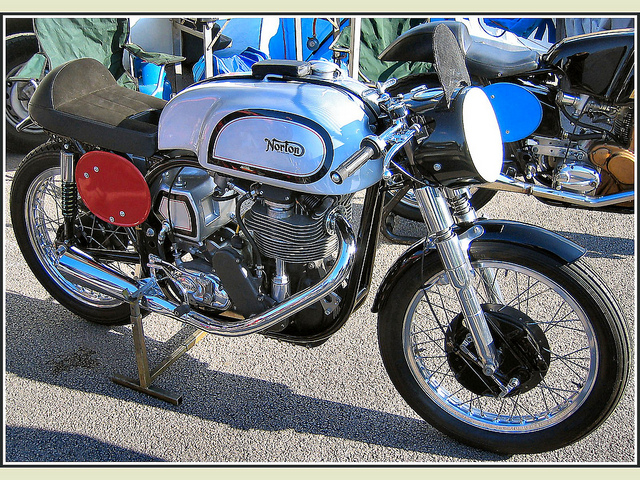
41. BMW GS
Although trail bikes had been around for some time – and before them the more road-orientated “street scramblers” – BMW’s GS series (beginning with the 1981 R80 G/S) created an entirely new category of production motorcycles: so-called “adventure bikes.”
Their use in Ewan and Charley’s “Long Way Round” TV show undoubtedly helped cement their image as world-eaters as well as demonstrating to manufacturers how important such product placement could be in terms of sales.
42. Harley-Davidson Superglide
Often derided as a semantic illogicality, so-called factory customs offer those bikers who want a particular style an easier route in than DIY. Harley’s 1971 Superglide, which used an Electra Glide frame mated to Sportster forks in the style of the home-built street specials of the day, was the first real factory custom. Now you know who to blame/praise.
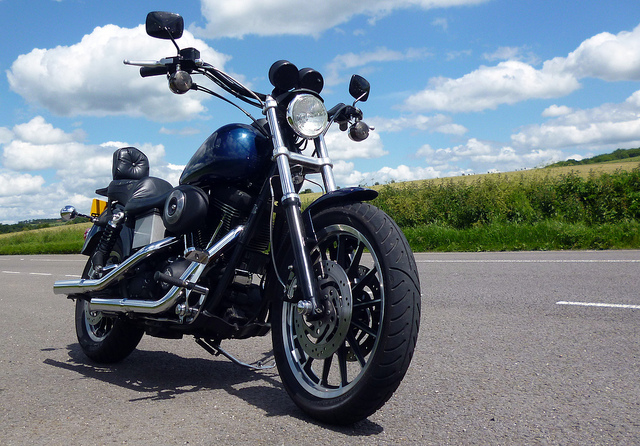
43. Kawasaki GPZ900R/ Suzuki GSX-R750
Hard to split these two as they both came out in 1984, but between them they were the first modern Race-Replicas. Japan had finally discovered how to put fast engines into bikes that handled; all over the world, aftermarket frame builders wept into their beer as the bottom dropped out of their market overnight.
44. HD Electra Glide
The 1949 Hydra-Glide (so-called as it had hydraulically damped front forks) begat the 1958 Duo-Glide (now with rear suspension too) which in turn became the Electra Glide in 1965 with the addition of an electric starter.
Through all those years to the present day the basic silhouette of this particular bike has never changed. Its shape has spawned a whole clone war of oriental copies. This is the motorcycle that single-handedly created the Cruiser category.
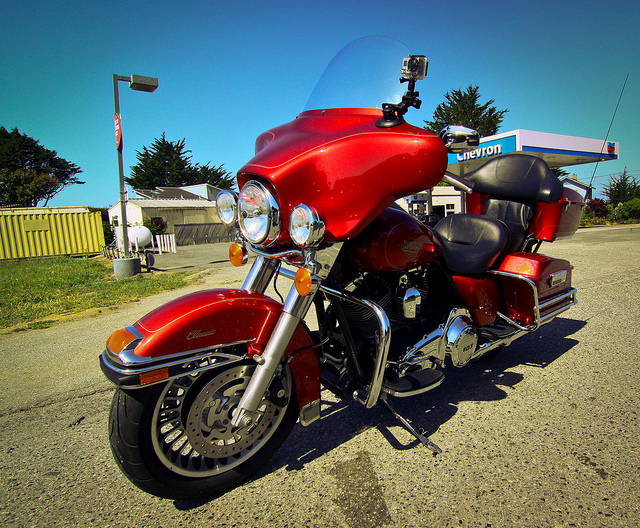
45. Honda CB750
At a time when Norton were marketing their latest 650 with the slogan, “Now with pillion footrests as standard!”, the launch in 1969 of an inline four cylinder, disc-braked motorcycle, that also had electric start and indicators, and which didn’t leak oil but went like stink didn’t go unnoticed by the buying public. With this bike the Japanese motorcycle industry finally came of age. The sun would now set on the UK motorcycle manufacturers.
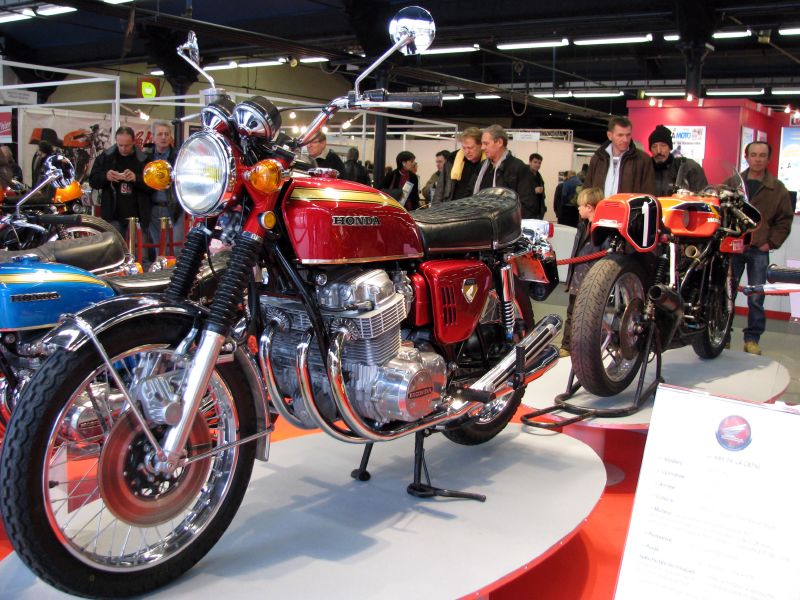
46. Honda Cub
Is it a motorcycle? Is it a scooter? Is it a moped? Whatever it is, it’s undoubtedly a huge success. In continuous manufacture since 1958, the Cub is the most produced motor vehicle in history. If the Cub hadn’t been launched, Honda may not even exist today.
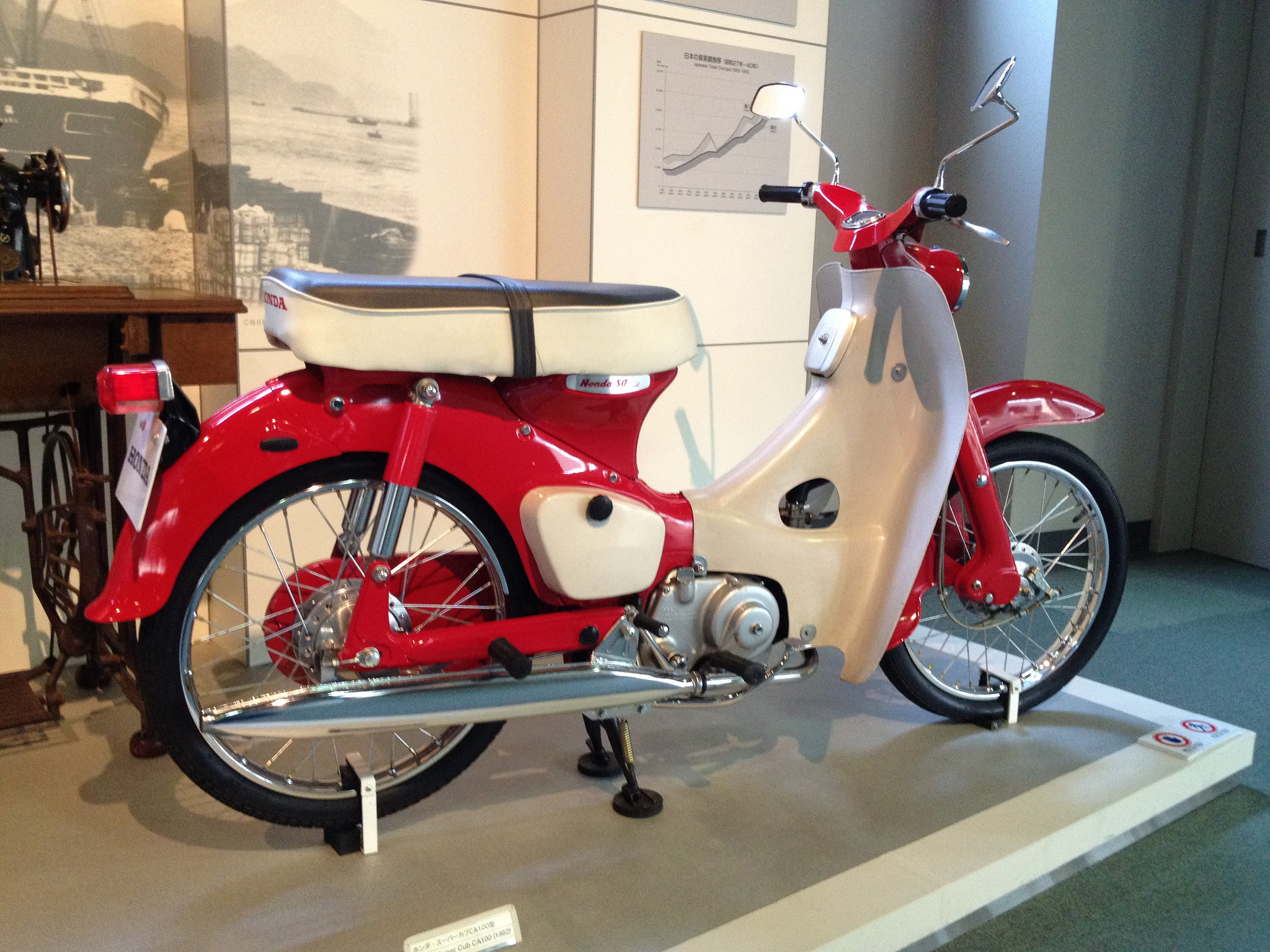
47. Honda Fireblade
Launched in 1992, the Fireblade redefined how to design a supersports motorcycle. All of a sudden light weight became as important as power output as the Japanese finally remembered we like to go round corners. Fast. The Fireblade left all the other manufacturers struggling to catch up for several years.
48. Honda Goldwing
Always somewhat of a niche motorcycle over here, the 1974 Gold Wing was a game changer in the USA, redefining what riders could expect of a grand tourer in the same way the 1969 Honda CB750 shook up the UK street bike scene. The Gold Wing is now a 1.8 litre, flat-six behemoth with integrated hard luggage, SatNav and airbag and has created a top-end SuperTourer class of machine.
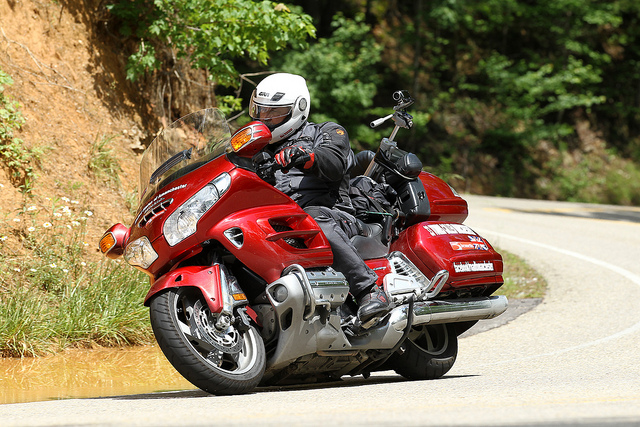
49. Honda RC211V
Offering a humongous amount of power the RC211V was the four-stroke camp’s successful challenge to two-stroke dominance of MotoGP in the early 1980s.
The V-five engine’s power output was so prodigious that Honda’s test rider reputedly claimed it couldn’t be used (shades of Yamaha’s 1975 TZ750 dirttracker). Honda developed a flatter power curve to create a racing thoroughbred that ruled MotoGP for the next couple of years.
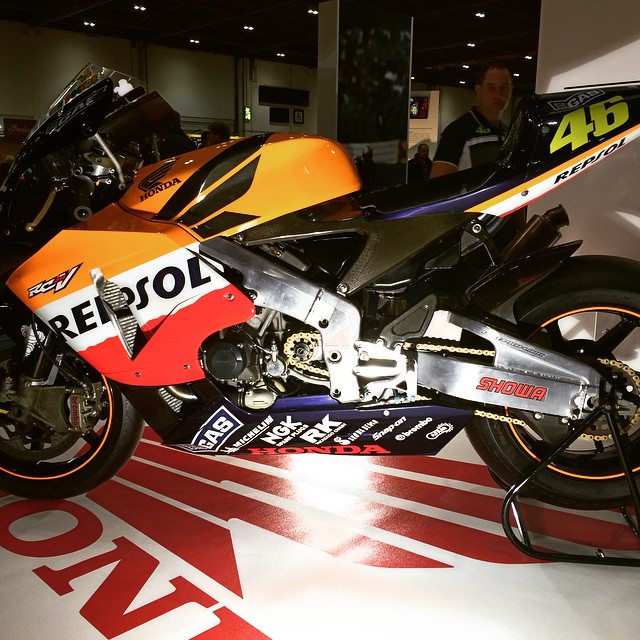
50. Quasar
The creation in 1976 of Malcolm Newell, the Quasar was a real oddball: a motorcycle where the rider sat inside with his or her feet well forward, rather than on top with feet underneath. Although it wasn’t a success, it did pave the way for a category of machines that adopted the same riding position: today’s SuperScooters like the Yamaha TMAX and the Suzuki Burgman. The most extreme iteration to date is Honda’s NM4 Vultus.
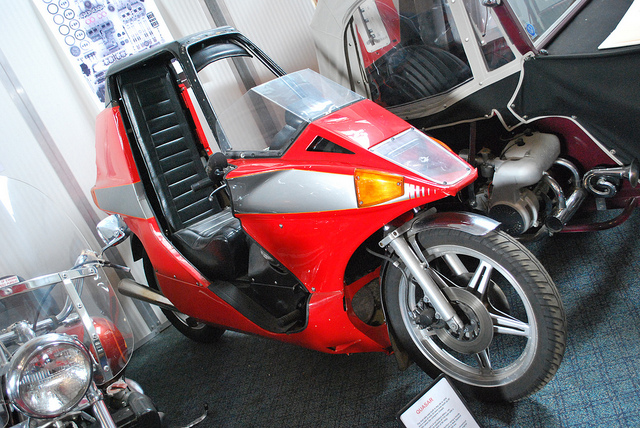
51. Ducati 916
Introduced in 1994, this was the motorcycle that broke Japan’s stranglehold on sportsbikes. Fast and ultra-desirable, in many ways the 916 actually pinched innovative ideas off Honda’s NR750 with its underseat exhaust, narrow waist, squared-off dual headlights and single-sided swingarm with a wide rear hoop.
But whereas the Honda was a brick, the 916 was sexy-as-hell. Italian style can be innovative even when it’s derivative.
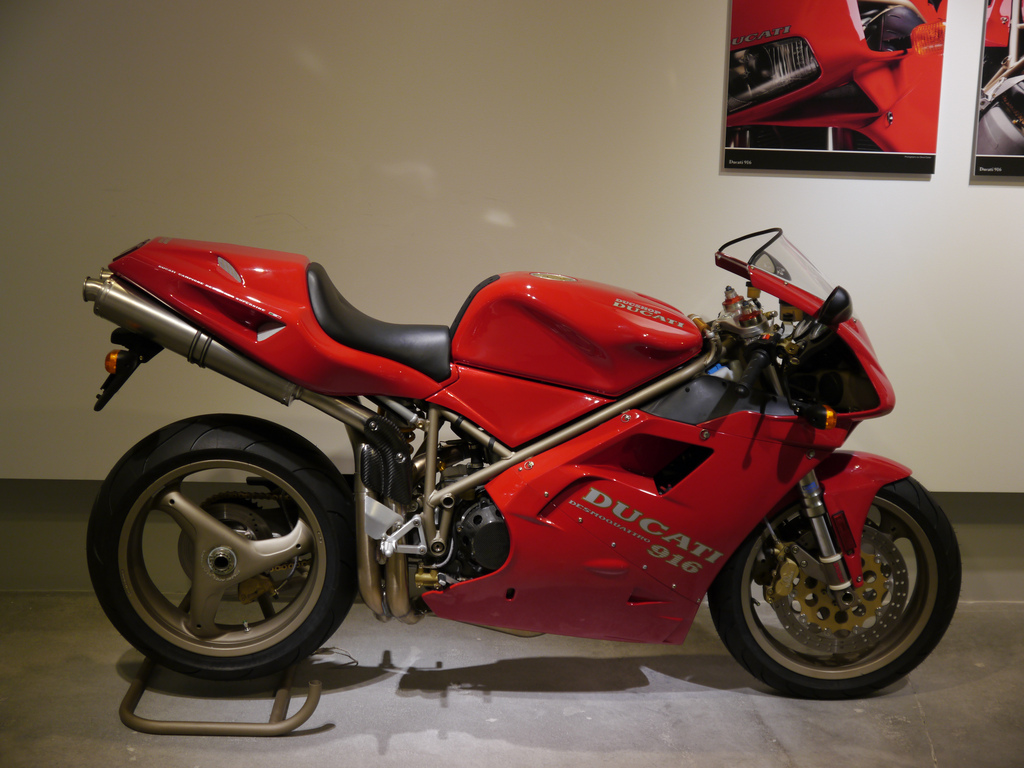
52. The Black Leather Jacket
Reckoned to be descended from either the WW1 German fighter pilots’ kit or the WW2 A-2 American military flight jacket (take your pick). Not just a fashion icon, but a proper piece of protective kit. Or would you rather still be wearing a tweed jacket and plus fours?
53. Gore-tex
Until the invention of decent man-made, breathable waterproof materials, motorcyclists’ wet weather gear was neither effective nor attractive. Waxed cotton or WW2 army surplus, anyone? Keeping warm and dry is essential to maintain concentration and safety. Add in body armour and you’ve impact protection, too.
54. Soft Luggage
Not everyone wants permanently attached panniers or top box. So what a brilliant idea throw-over saddlebags were – beats bin liners any day! The ideal way to carry stuff on a bike safely.
55. Bungee Straps & Cargo Nets
The most sensible way to attach a load to your bike securely. Did we really use to depend on rope and string?
56. Rear View Mirror
OK, we still recommend the “life saver” glance over your shoulder – but seriously do you never use your mirrors? Still the best way we know of checking behind while maintaining your forward observation.
57. Indicators
Giving hand signals is all very well, but we like to keep both hands on the bars as much as possible – and we like our signals to be visible at night.
58. Brake Light
The simplest way to stop the inattentive berk behind you from ramming you when you slow down. Can you imagine the horrors of riding in heavy traffic without this simple invention?
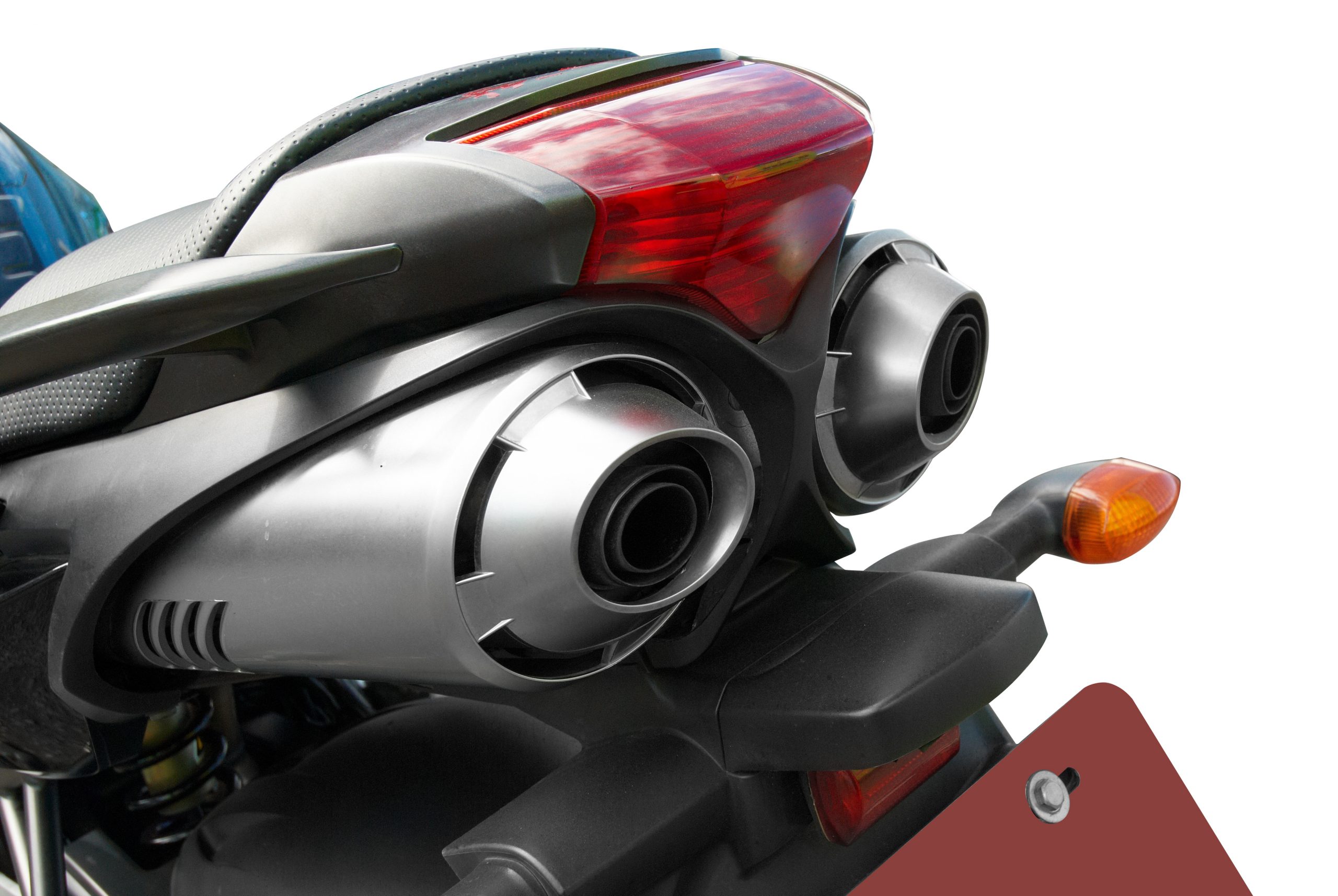
59. ABS
Common on cars since GM introduced them in 1972, BMW was the first to use Anti-lock Braking Systems on motorcycles in 1988. In 2010, Bosch announced the world’s first ABS designed specifically for motorcycles.
Studies claim ABS can reduce the rate of fatal motorcycle collisions by around 31%, and the EU now requires ABS to be a standard fitment on new 125cc+ motorcycles from now on.
60. Tyre Technology
Those two rubber hoops between you and the road have to do a heck of a lot of work. They have to handle steering, withstand load under braking and accelerating, and absorb road shocks all whilst turning smoothly, gripping well and offering acceptable wear rates.
Developed by Scotsman Robert Thomson in the mid 1880s and rediscovered by John Boyd Dunlop 40 years later, the pneumatic tire has undergone many changes and improvements since, leading to modern radials and tubeless tires which give better control, improved traction for cornering and braking and less chance of sudden blowout.
61. Traction Control
TC is the latest sportsbike gizmo, helping manage huge horsepower and adding safety in poor conditions.
62. Fairings as Standard
As bikes and roads get faster, the human frame stays the same, designed for a top speed of running. Being comfortable on a bike is important for safety; fairings take the brunt of the wind pressure making motorway mileage more practical.
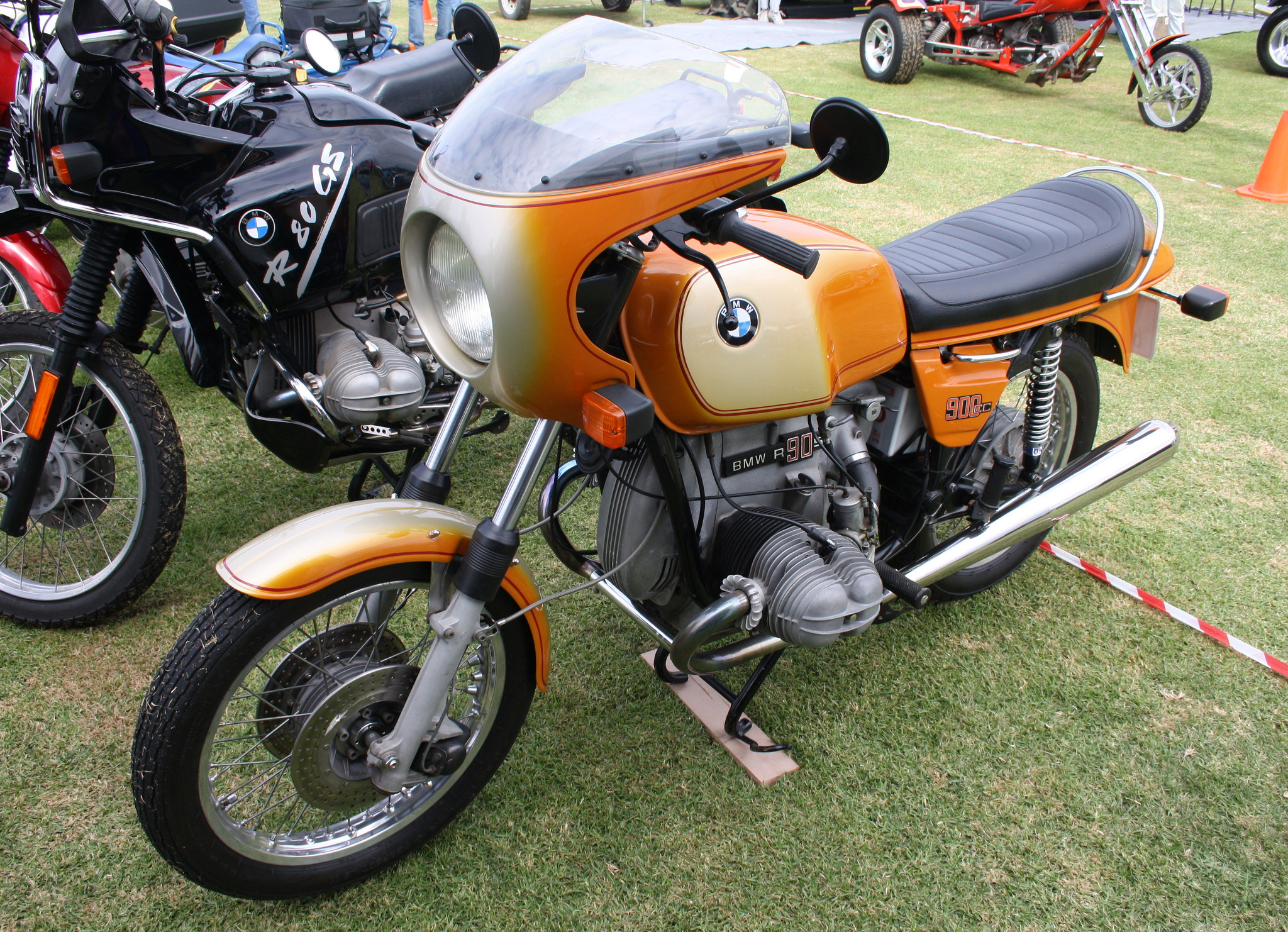
63. Adaptive Headlights
Adaptive headlights show you what’s around the next bend… not just what’s in front of you in a straight line. BMW introduced this car-derived technology to motorcycles in 2011, offering adaptive headlights that tilt according to the bike’s lean angle.
64. Crash Helmet
Back in 1914, Brooklands race circuit’s medical officer came up with the idea of protective headgear for his motorcycle racers. We’re not getting into the argument as to whether helmet use should be compulsory or down to personal choice. Let’s just say that if were to come off a bike, we’d much prefer to be wearing a – preferably full face – skid lid.

65. Airbags
Honda was first again with the introduction in 2006 of a motorcycle airbag system. Their Gold Wing is still the only airbag equipped machine available, however. It’s motorcycle clothing manufacturers who are responsible for innovation in this area. Japanese manufacturer RS Taichi offered the first airbag suit in 2008, followed shortly by their airbag jacket.
66. Back Protector
Body armour can either be built into a jacket, or you can buy a stand-alone back protector that can be worn under any of your jackets. An easy way to help prevent life-changing back injuries in the event of an accident; why doesn’t every biker wear one?
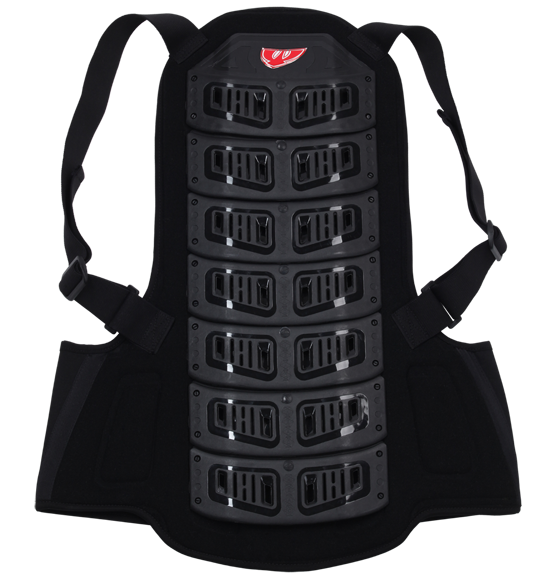
67. Training
Advanced rider training is hugely beneficial but not seen as sexy. What a great idea then to introduce on-track racer training schools to develop high speed skills in a safe environment – everyone wants try their hand on track! Now you can train to be a Riding God without suffering the scorn of your mates, but their envy instead.

68. Devitt
Beginning in 1936, our roots can be traced back to Thomas Henry Devitt who founded Devitt and Moore in 1836. His grandson Howson Foulger Devitt formed the company that would eventually become Devitt Insurance Services Limited. In 1936, the Devitt ‘DU’ motorcycle was launched.
It was an innovative idea to sell motorcycle insurance through motorcycle dealers, allowing customers to ride away from the dealers on their motorcycle on the same day.
69. Hells Angels
The Hells Angels Motorcycle Club began in 1948 in California. Besides becoming the most (in)famous motorcycle club ever, it set a blueprint for an alternative to “mom & pop” touring and racing clubs that prevails to the present day.
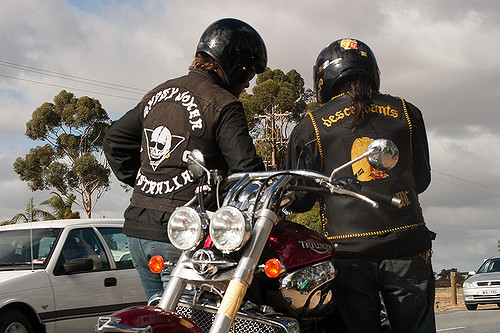
70. “You Meet The Nicest People On A Honda”
American Honda’s 1962 ad slogan, created for them by Grey Advertising to facilitate achieving their objective of quintupling their sales in the face of Americans’ then-current anti-bike views (see 69 above…)
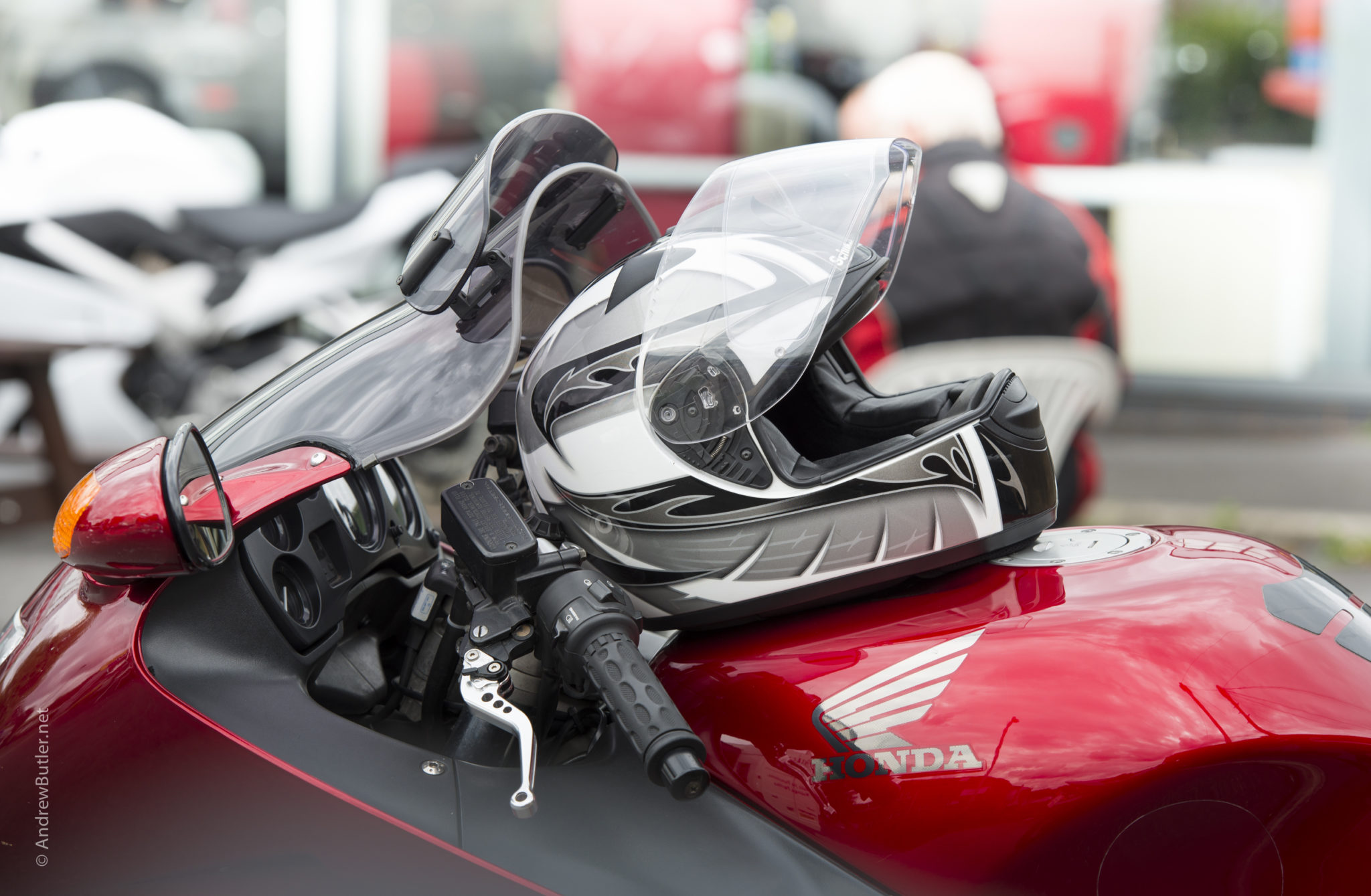
71. Ace Cafe
Opened in 1938 as a roadside cafe to cater for traffic using the new North Circular Road, the Ace soon attracted motorcyclists. By 1969 times had moved on and the Ace closed. But you can’t ignore the pull of a cultural icon, and the Ace reopened in 1997. It’s the archetypal bikers’ coffee bar.
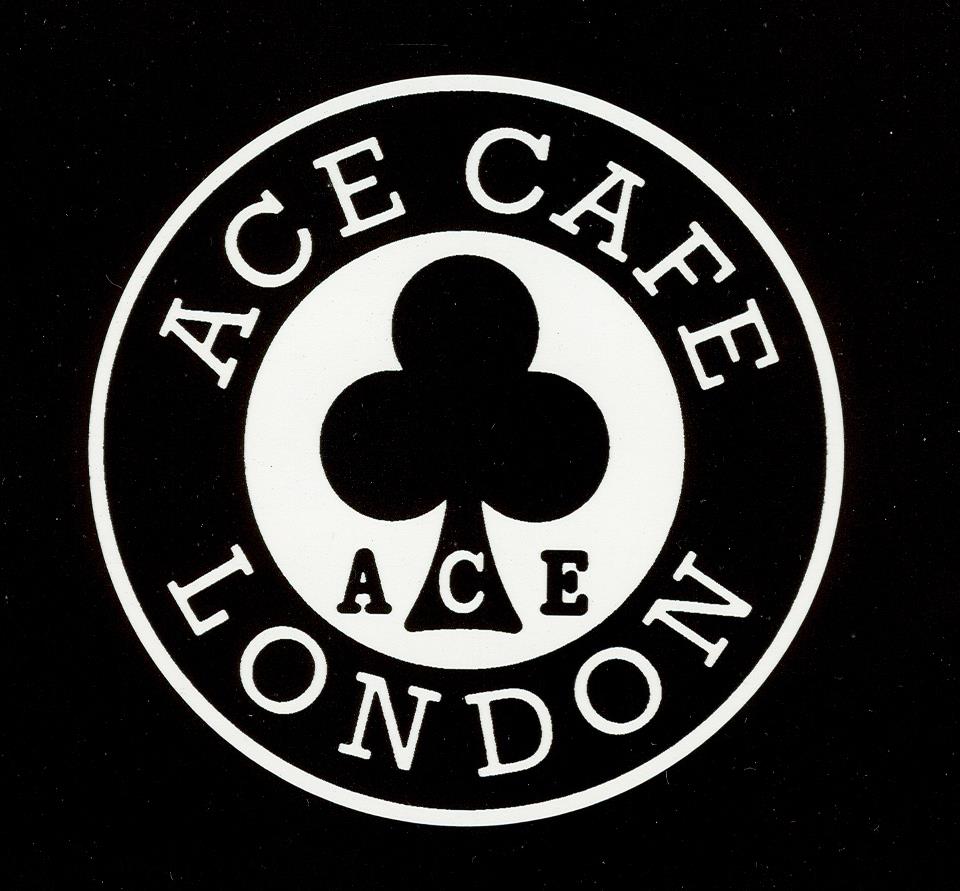
72. Route 66
Established in 1926, the Mother Road was one of the original highways within the US Highway System and went on to become one of the most famous roads in America. Originally running for nearly 2,500 miles from Chicago to Santa Monica in California, it served as a major path for those who migrated west, especially during the 1930s Dust Bowl.
No other road has captured the imagination like Route 66: it’s become the US road trip of choice for countless bikers. Getting your kicks on the A1 to Doncaster just doesn’t have the same cachet.
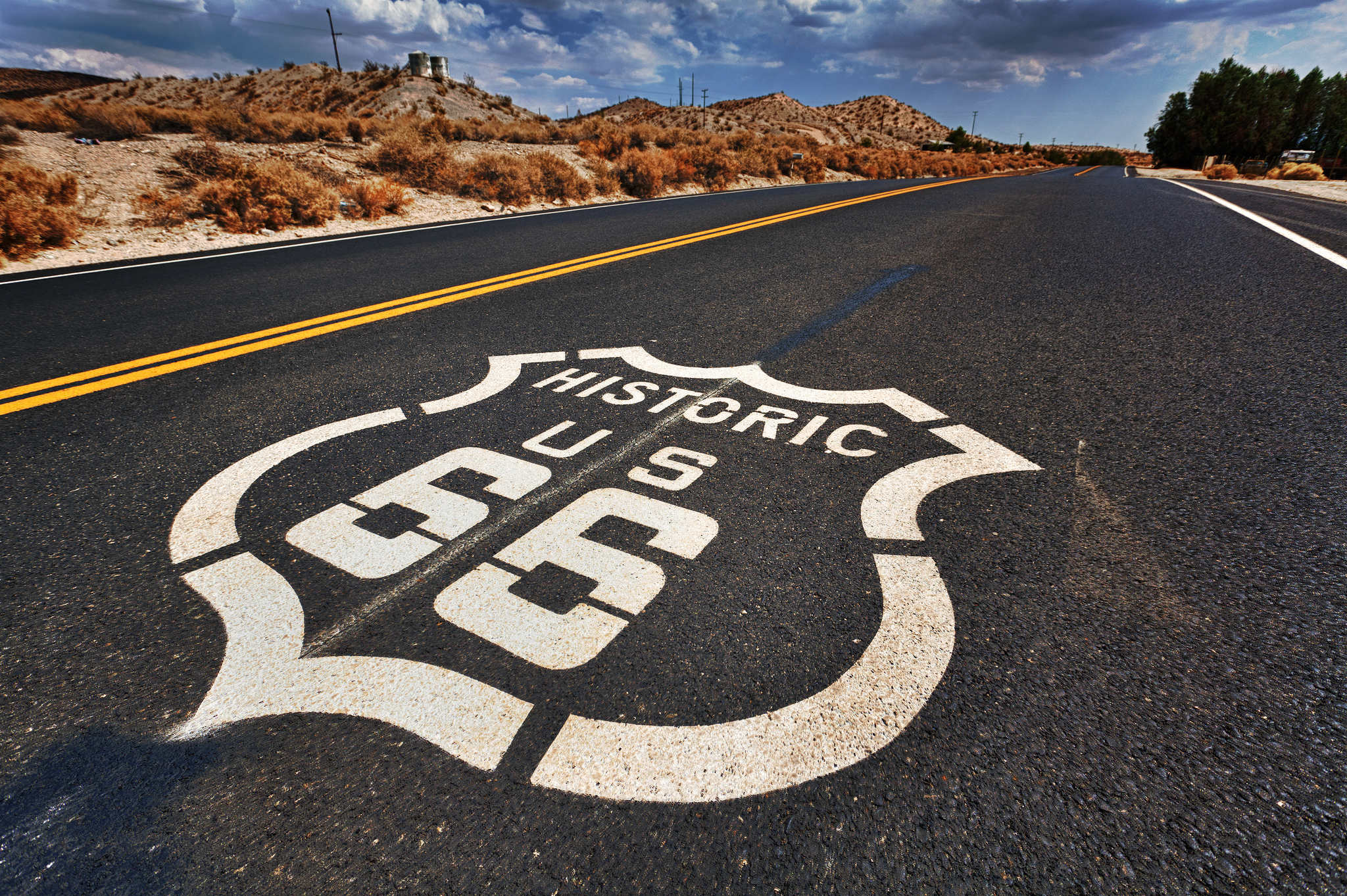
73. Easy Rider/Choppers
Although choppers as a style of custom bike had been around for a few years, it was the 1969 seminal biker flick, Easy Rider that brought them to the attention of a UK audience eager for a new way to show off.
So, bizarre as it is for a style of bike which removes every useful innovation you can think off (Including rear suspension and sometimes front brakes) to make a list like this, they’re here because for some fashion will always overcome practicality and choppers are here to stay. You can even buy a ready-built factory chopper nowadays.
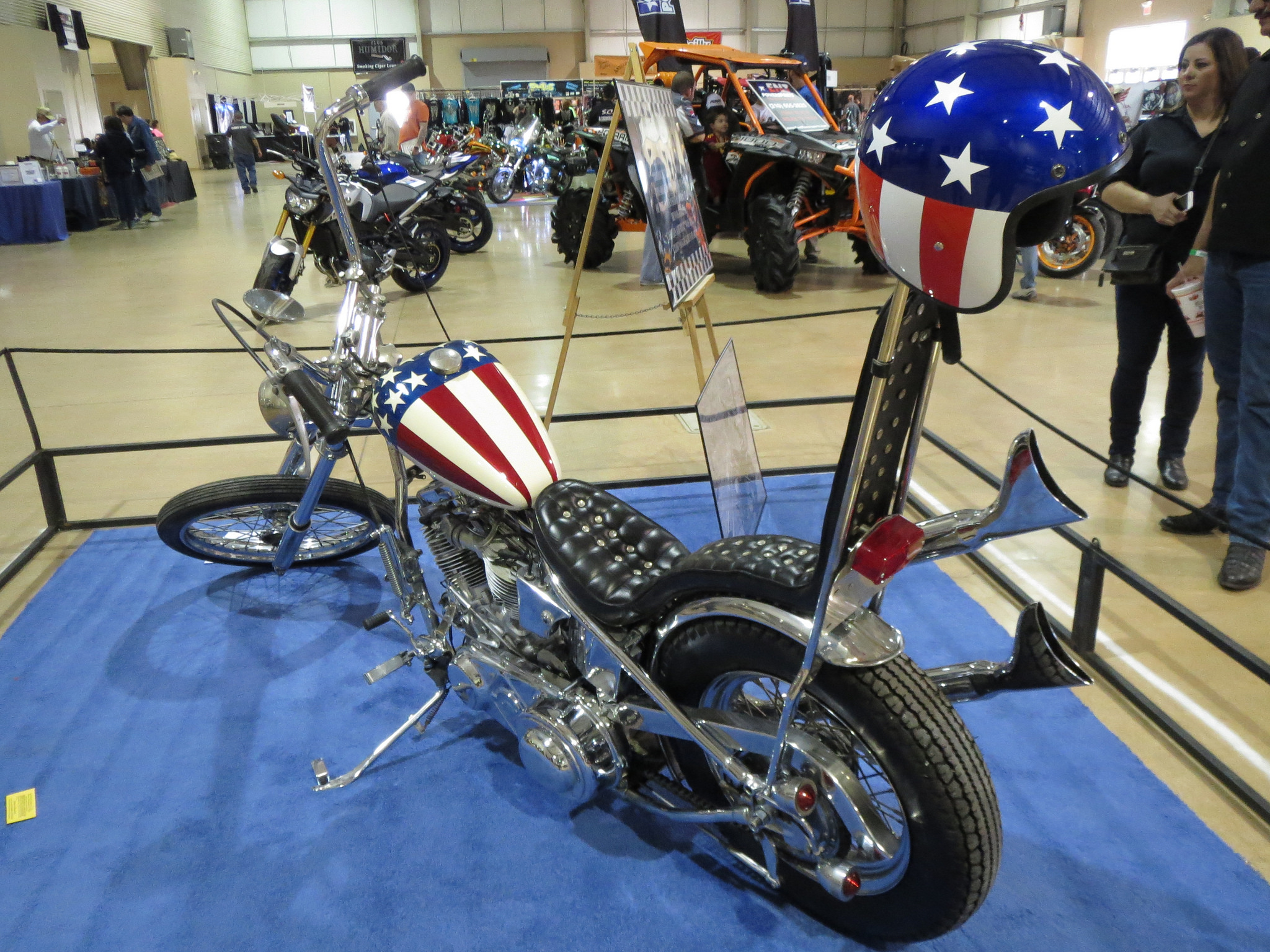
74. Organised Racing
What’s believed to have been the first ever motorcycle race took place in 1897 at Sheen House, Richmond, over a distance of one mile. The winner was Charles Jarrot on a Fournier with a time of two minutes and eight seconds.
75. Brooklands
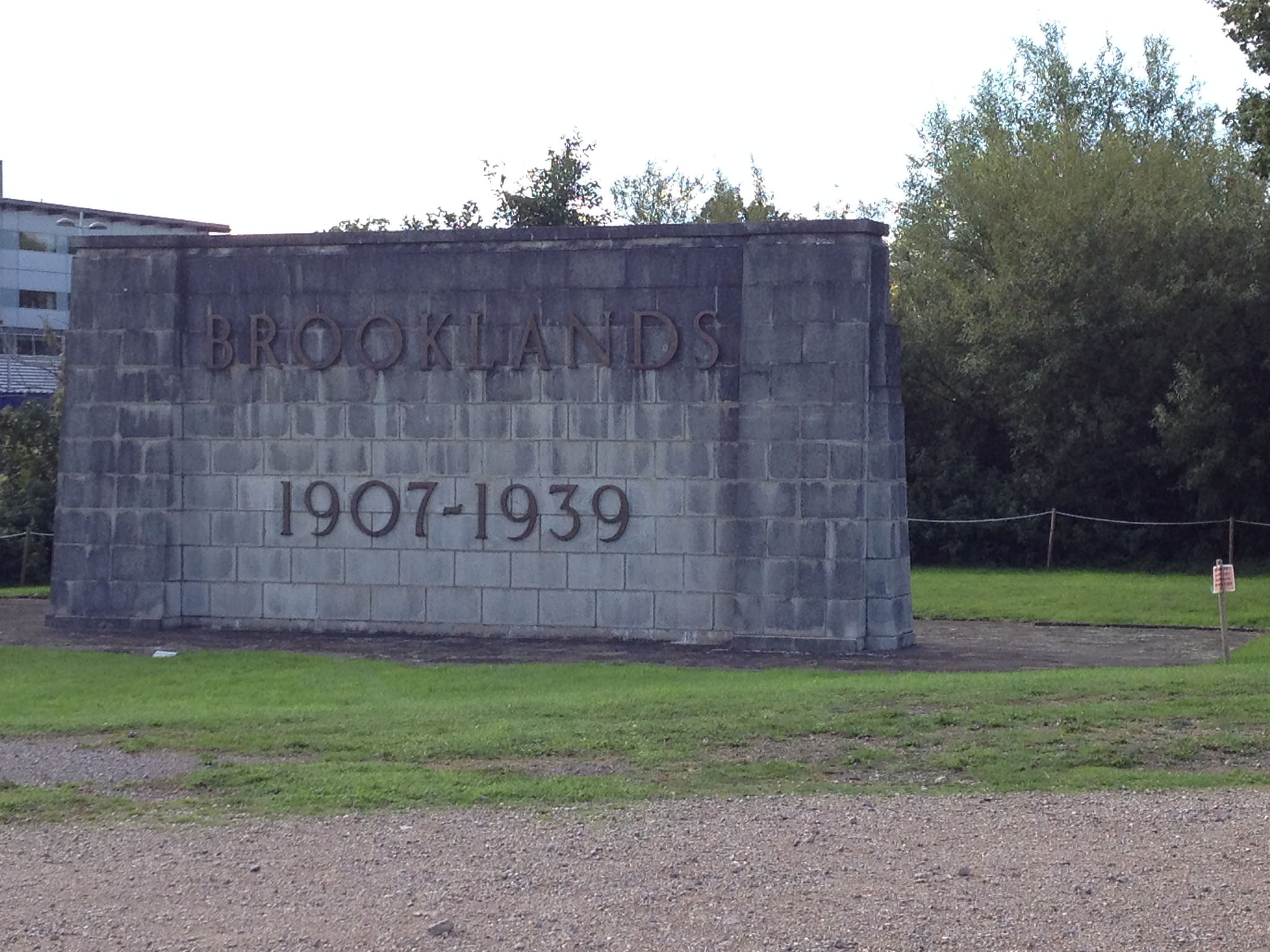
76. TT
First held in 1907, the Isle of Man Tourist Trophy races were for many years the most prestigious motorcycle race in the world and were seen as the ultimate test for competitors and machines alike. However the TT lost its world championship status in 1976 due to increasing safety concerns.
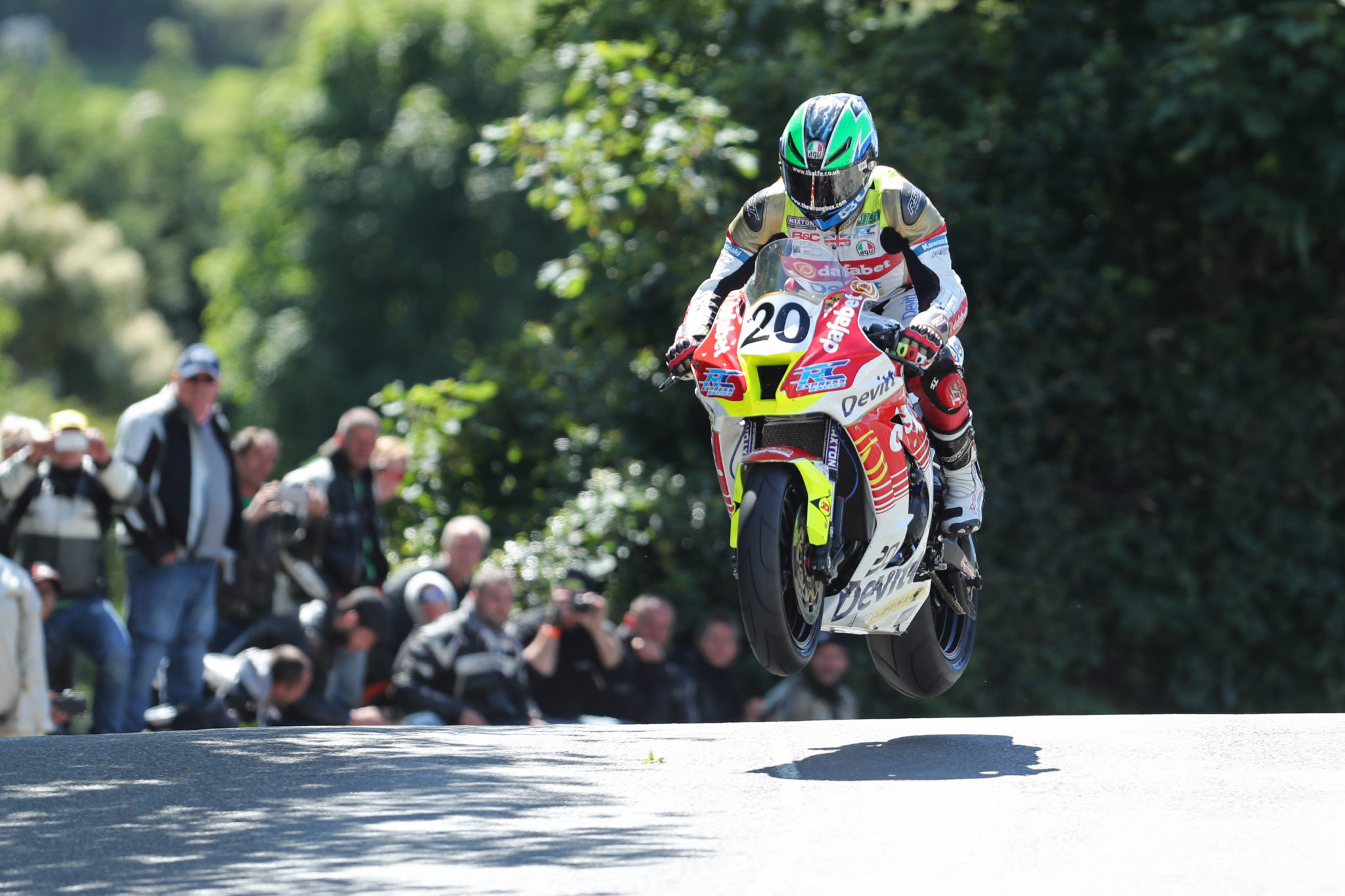
77. MotoGP
Grand Prix motorcycle racing – aka MotoGP – took off in 1949. It’s still the premier motorcycle race series – often imitated, never equalled.

78. Knee Down
Pre-1970s, the de rigueur riding position was the classic, tucked-in-within-the-performance-envelope stance. Then racers started experimenting with sticking their knee out in corners and shifting their weight to the inside of the turn.
The invention of knee sliders allowed riders to jam their knee into the track to keep the bike from washing out in the turn. Devotees reckon it helps them to corner quicker; others say it just looks cool. Now racers like Marc Marquez drag not just their knee in corners but their elbow too…
79. Rear Wheel Steering
Another riding technique that’s a refugee from the race track, rear wheel steering is also known as powersliding: spinning up the back wheel and drifting through a corner. To get through a bend, motorcycle racers must slow down, turn, and accelerate.
Sliding, with both wheels still spinning, combines slowing and turning at the same time, so the rider can aim the bike down the next straight and get the power on quicker out of the corner. It requires a hefty dollop of grunt at the back wheel, highly tuned riding skills and reflexes, and nerves of steel.
It was a riding style that came more naturally to American racers weaned on US dirt tracks, although all the top racers can do it. Probably the most famous powerslide of all was by Randy Mamola at Goiania in 1988. Google it and prepare to be amazed.
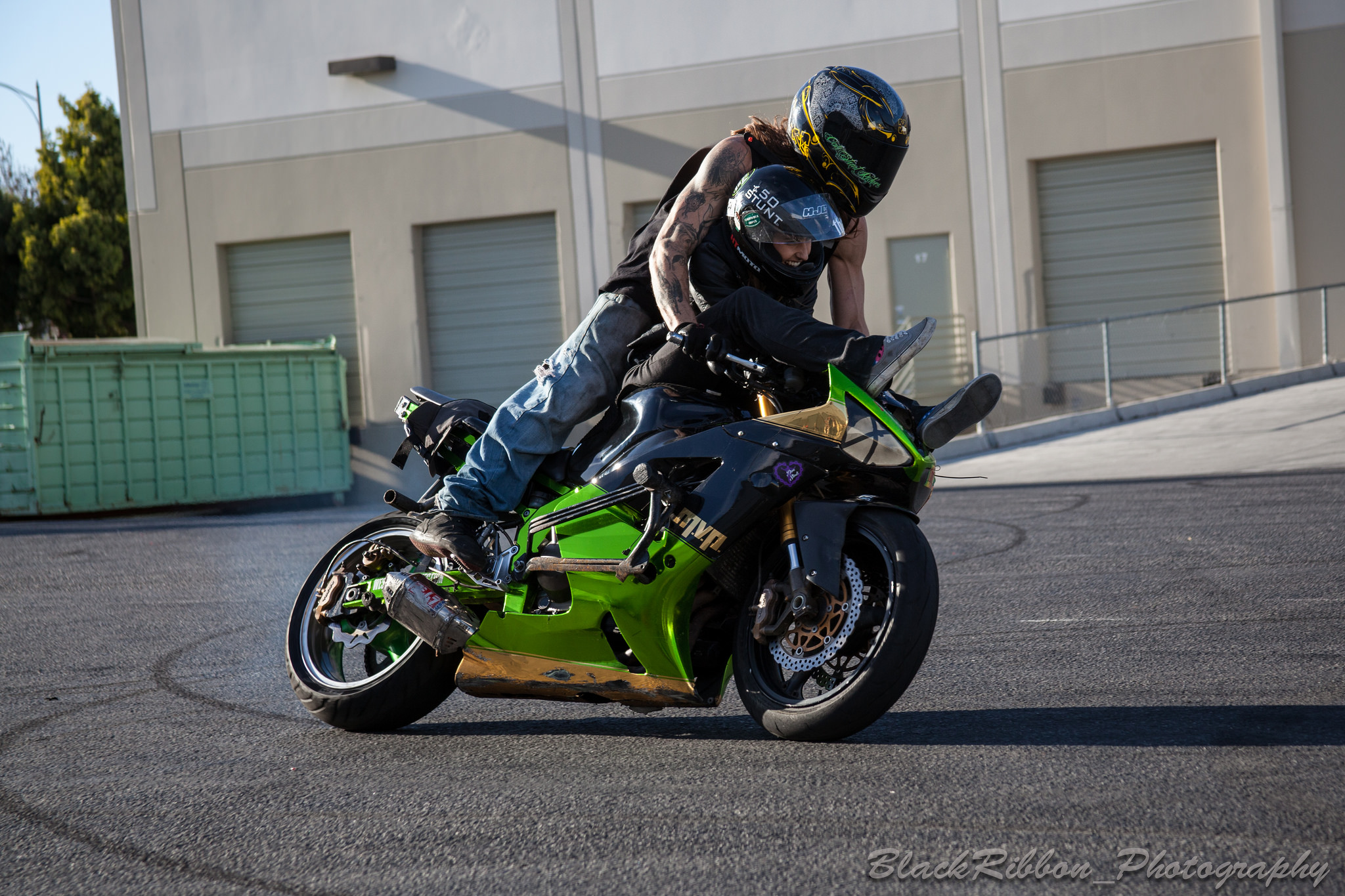
80. TT Zero
TT Zero replaced replaced the TTXGP race (itself only a year old) in 2010 as a one lap (37.733 miles) circuit for racing motorcycles where “The technical concept is for motorcycles (two wheeled) to be powered without the use of carbon based fuels and have zero toxic/noxious emissions” – that’s essentially electric race bikes to you and me!
So if racing really does improve the breed, this could be the most important innovation of all for motorcycling’s future…
